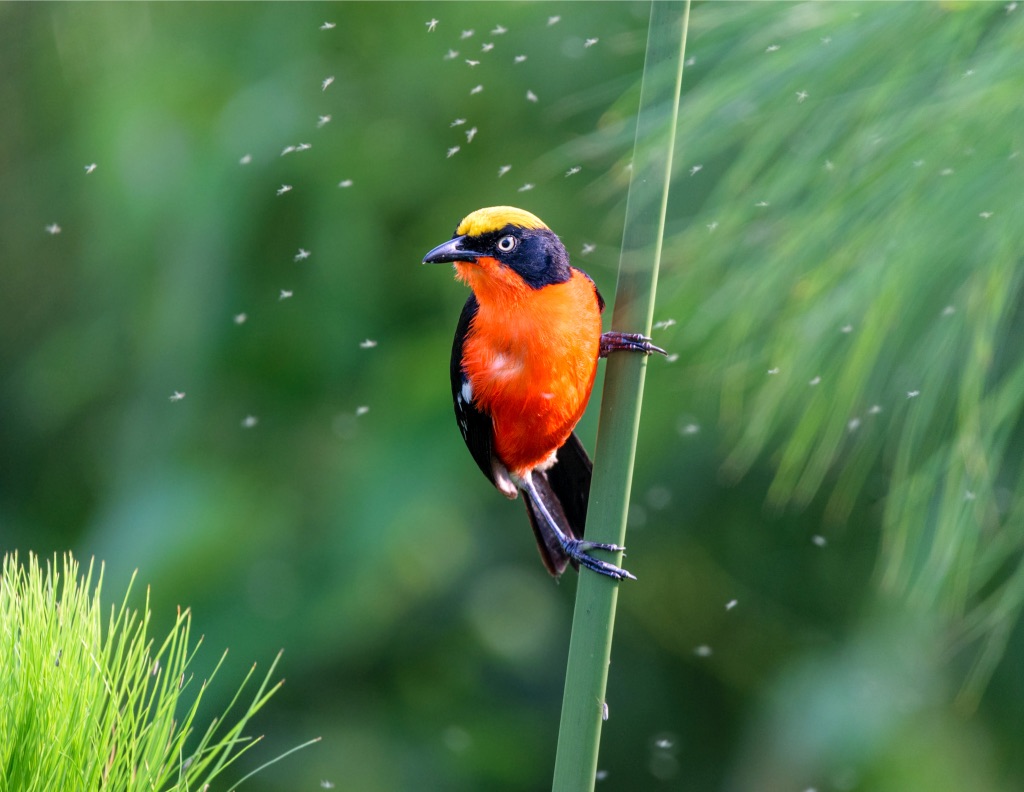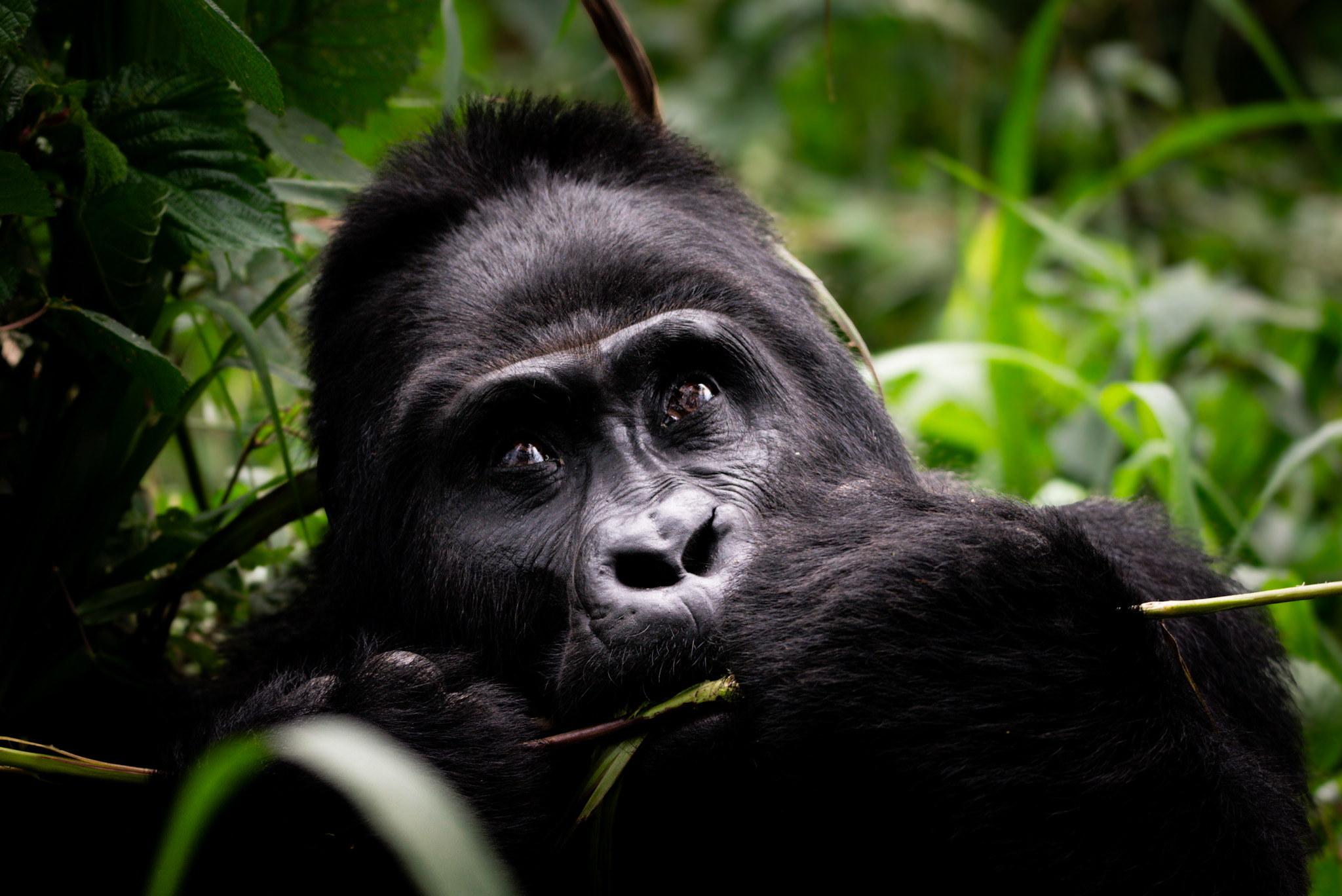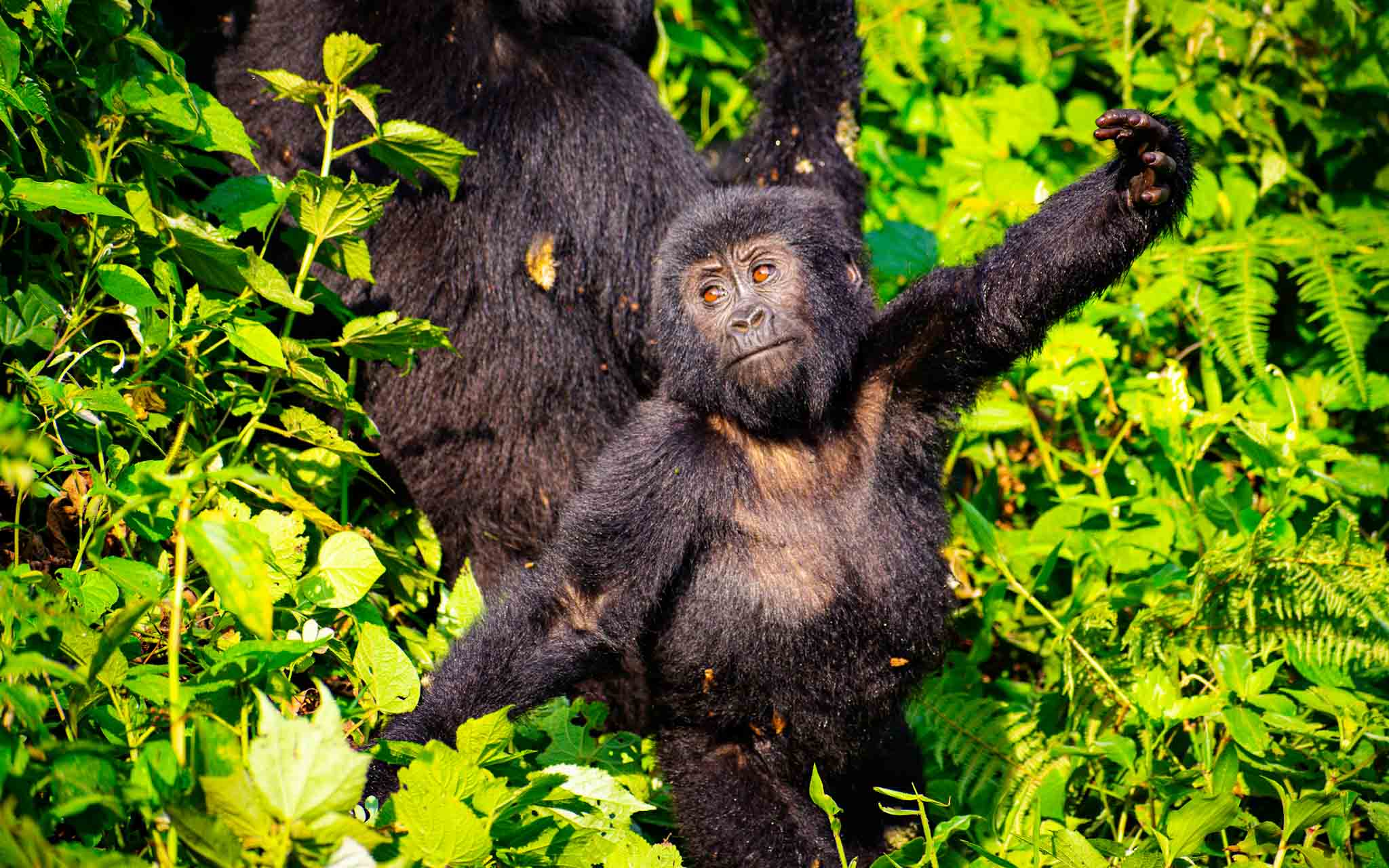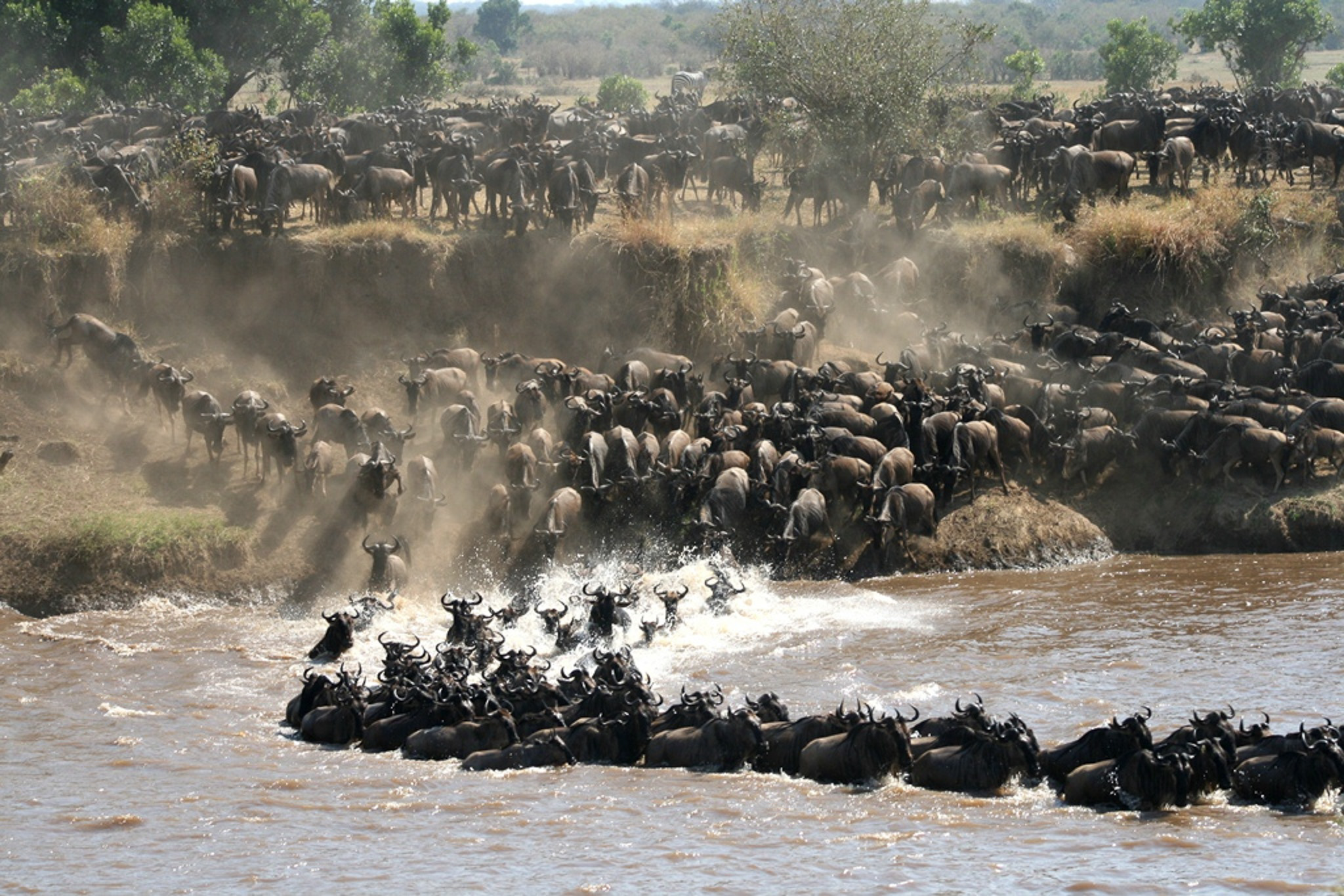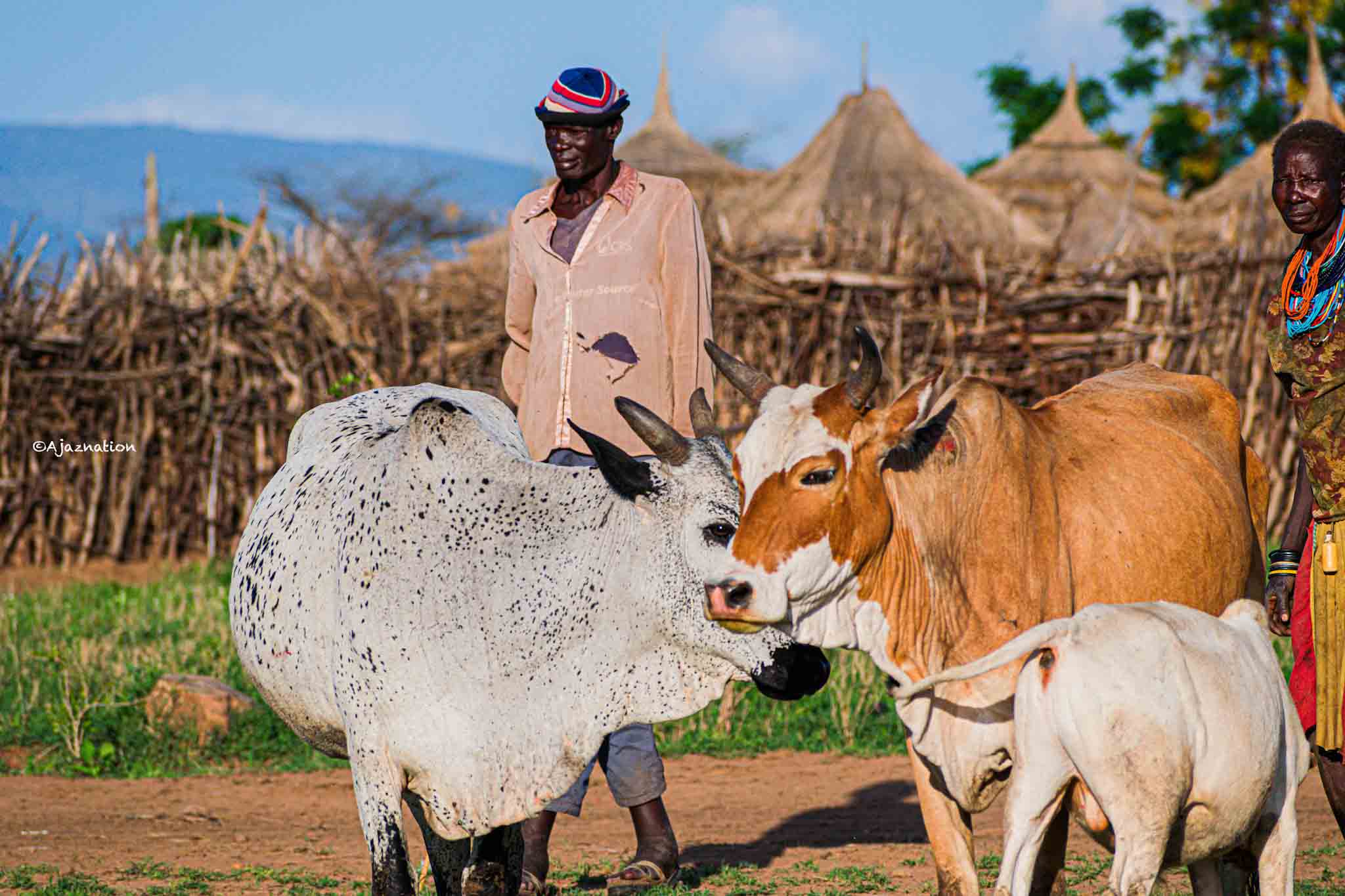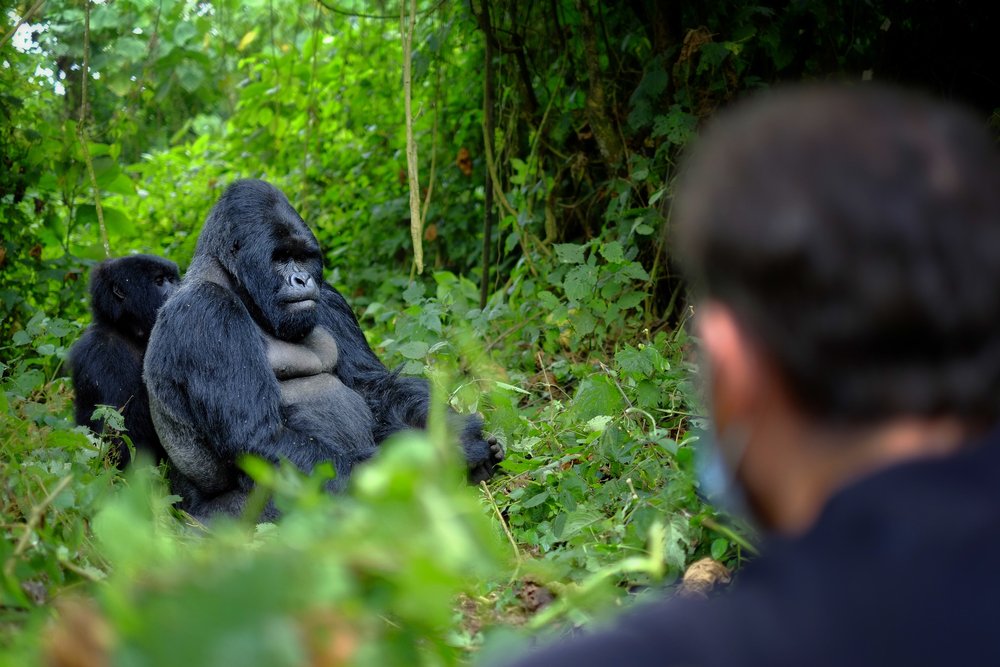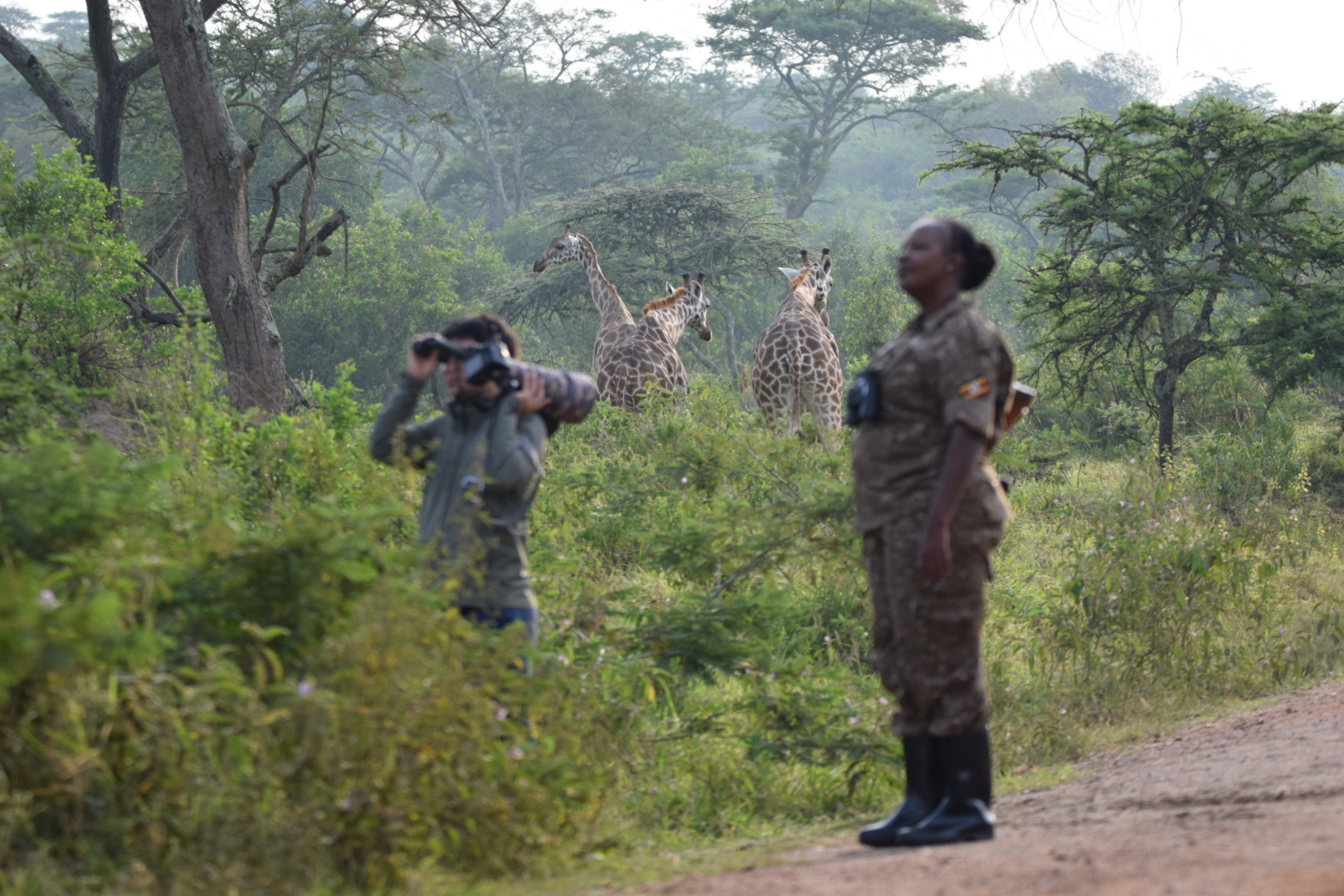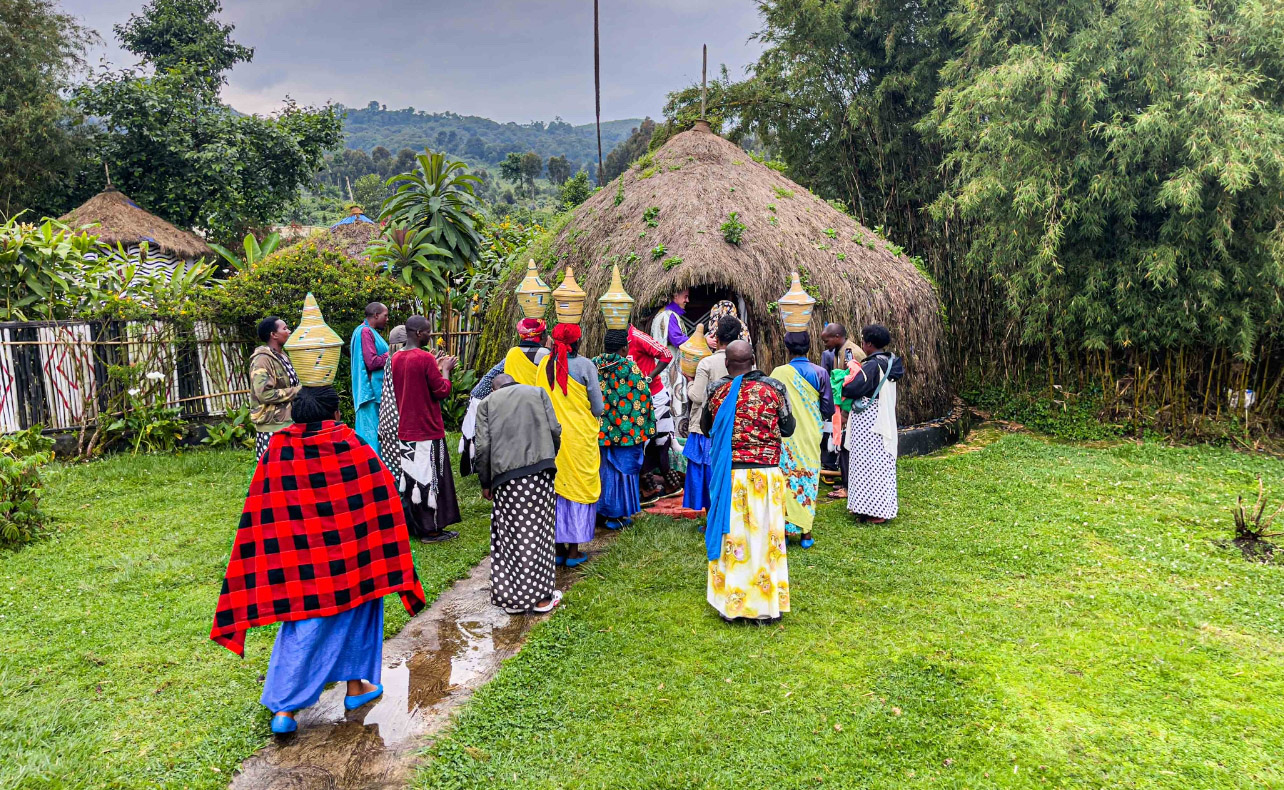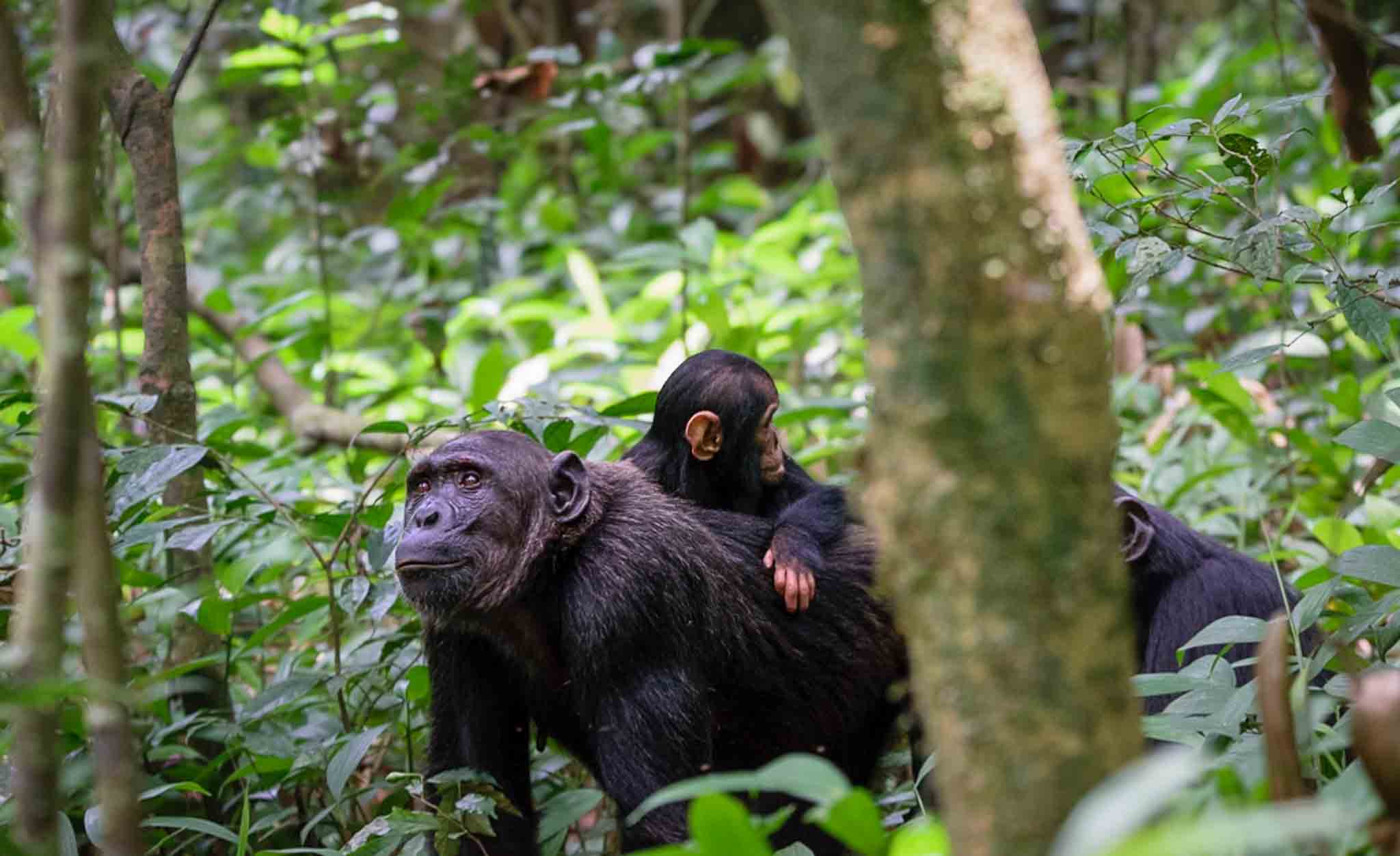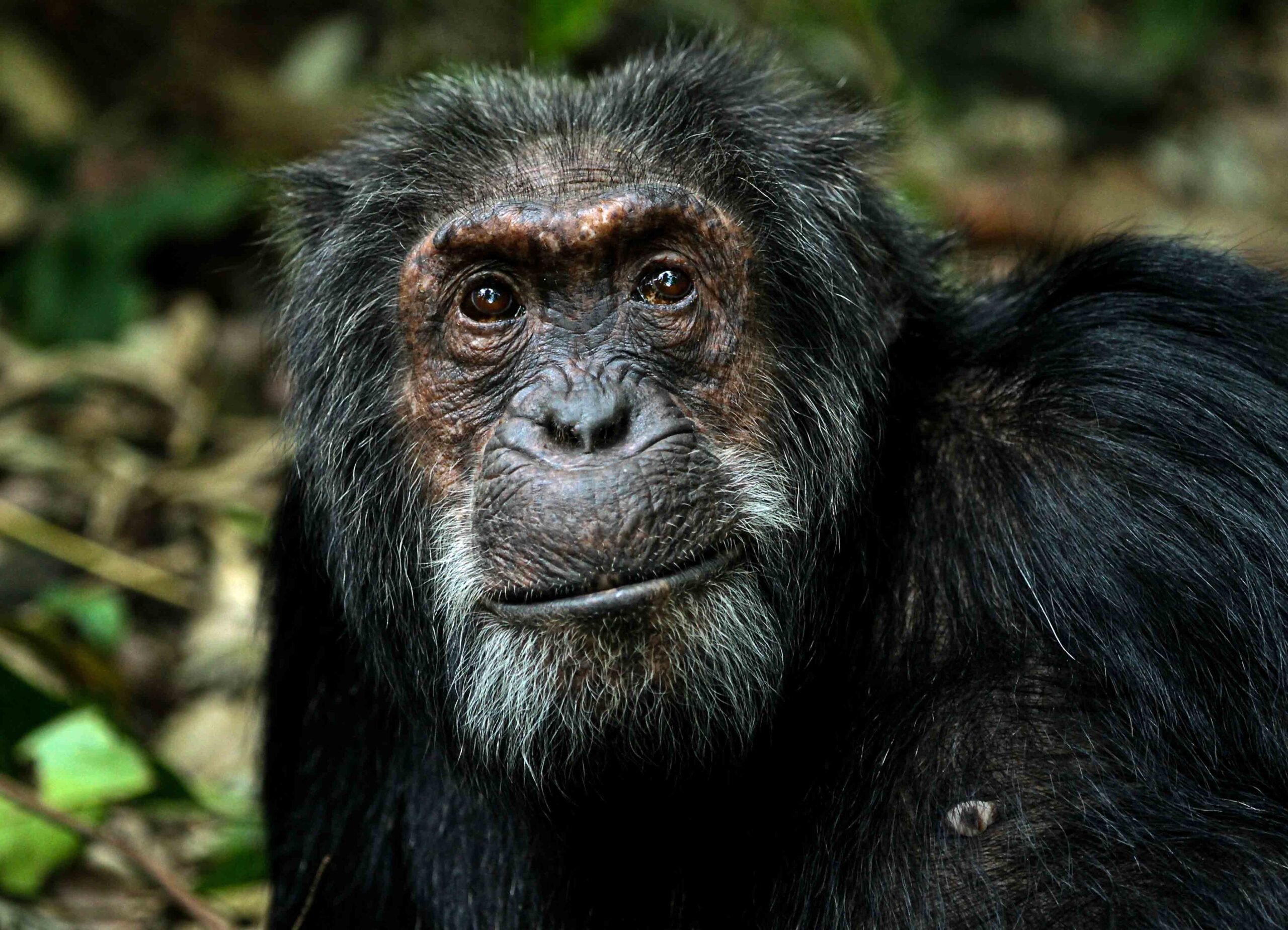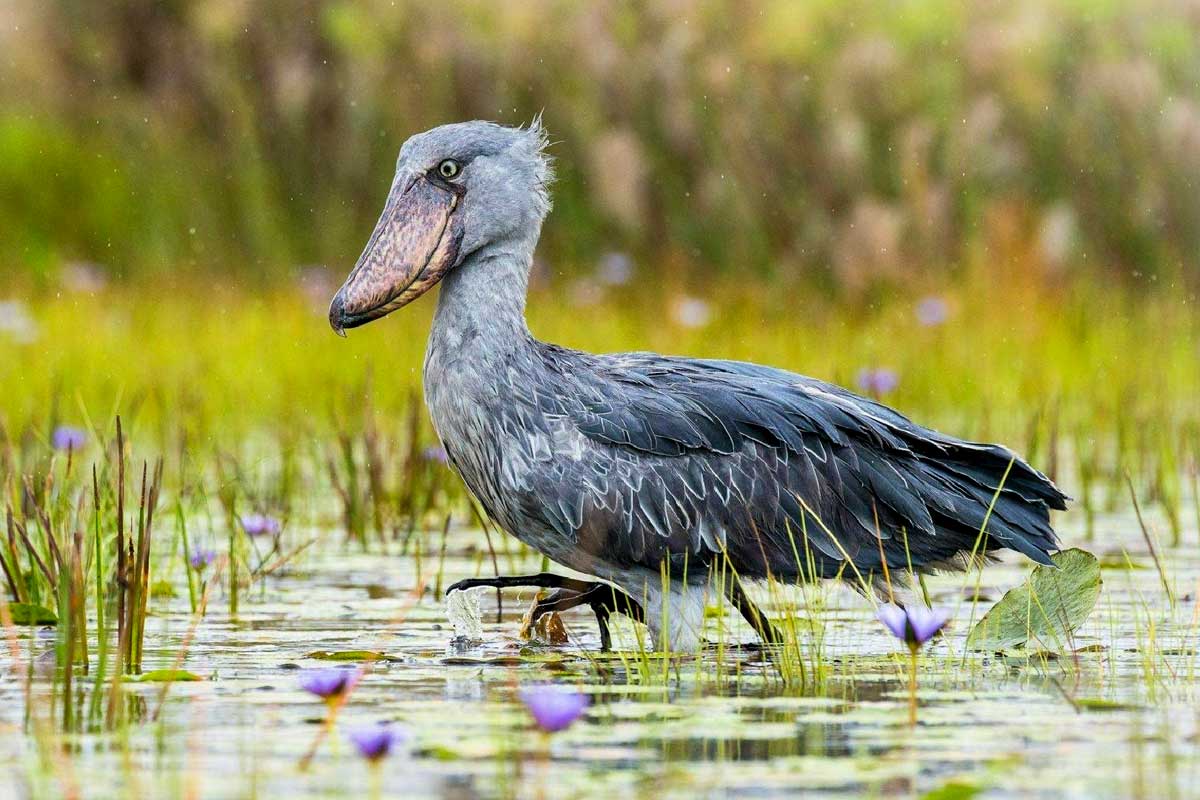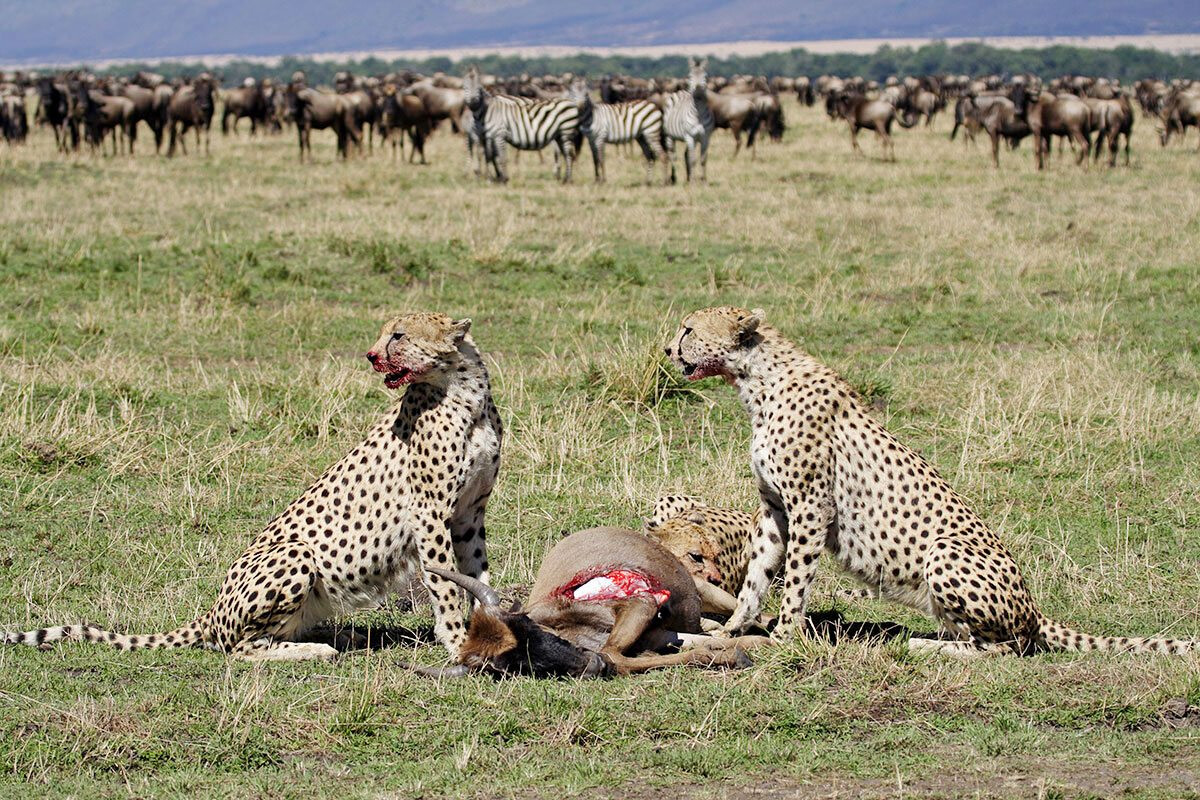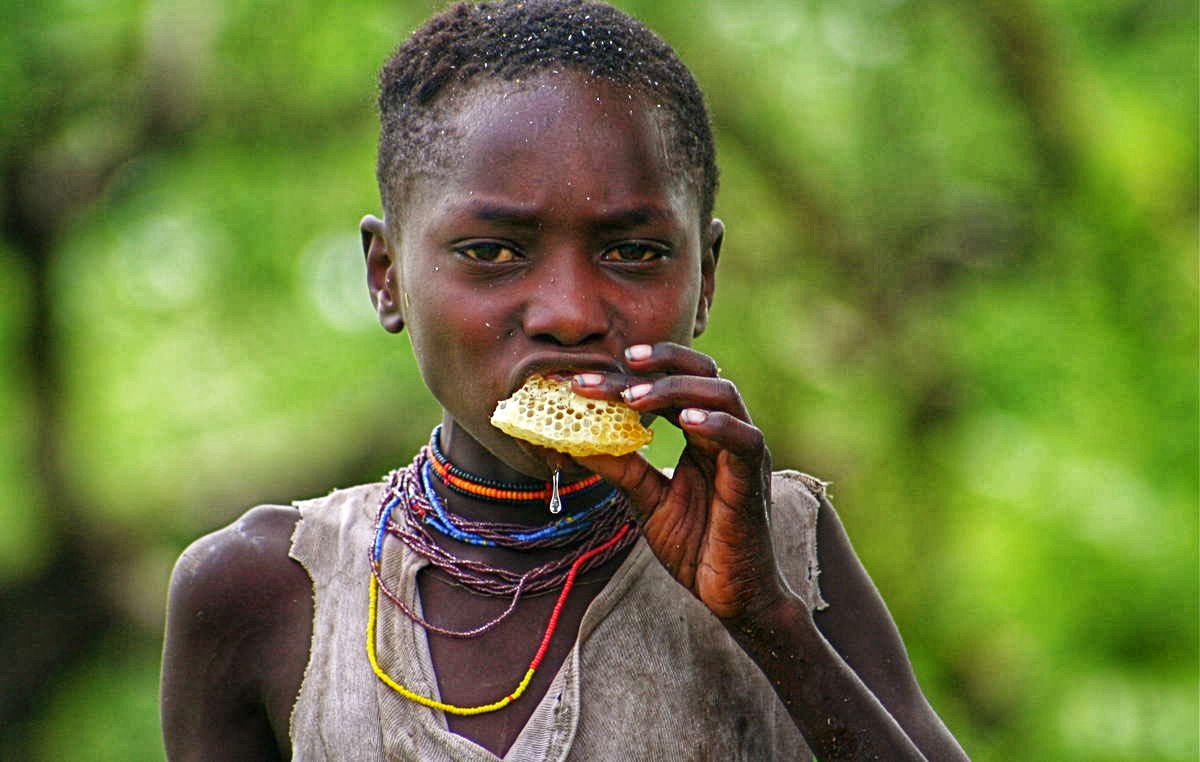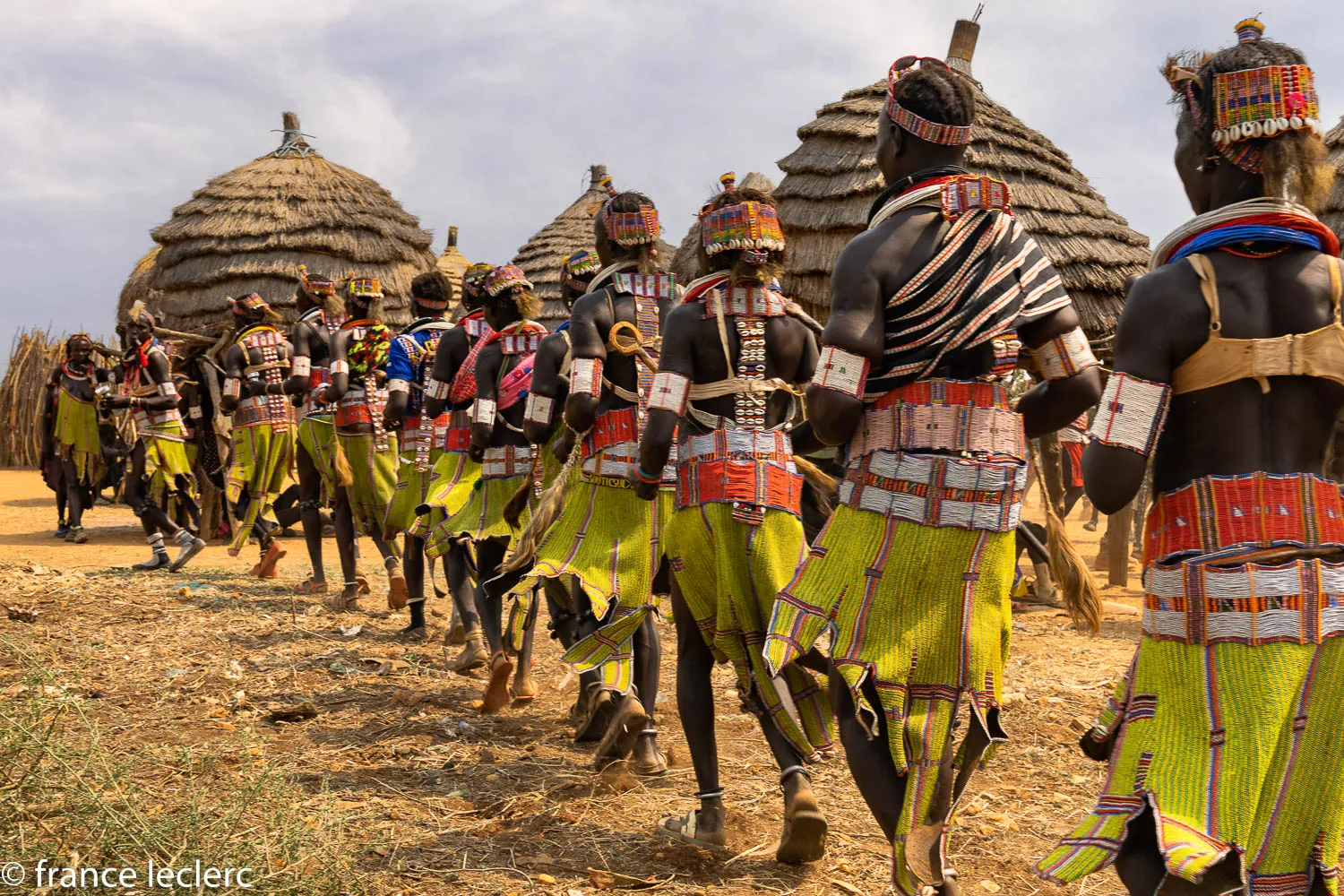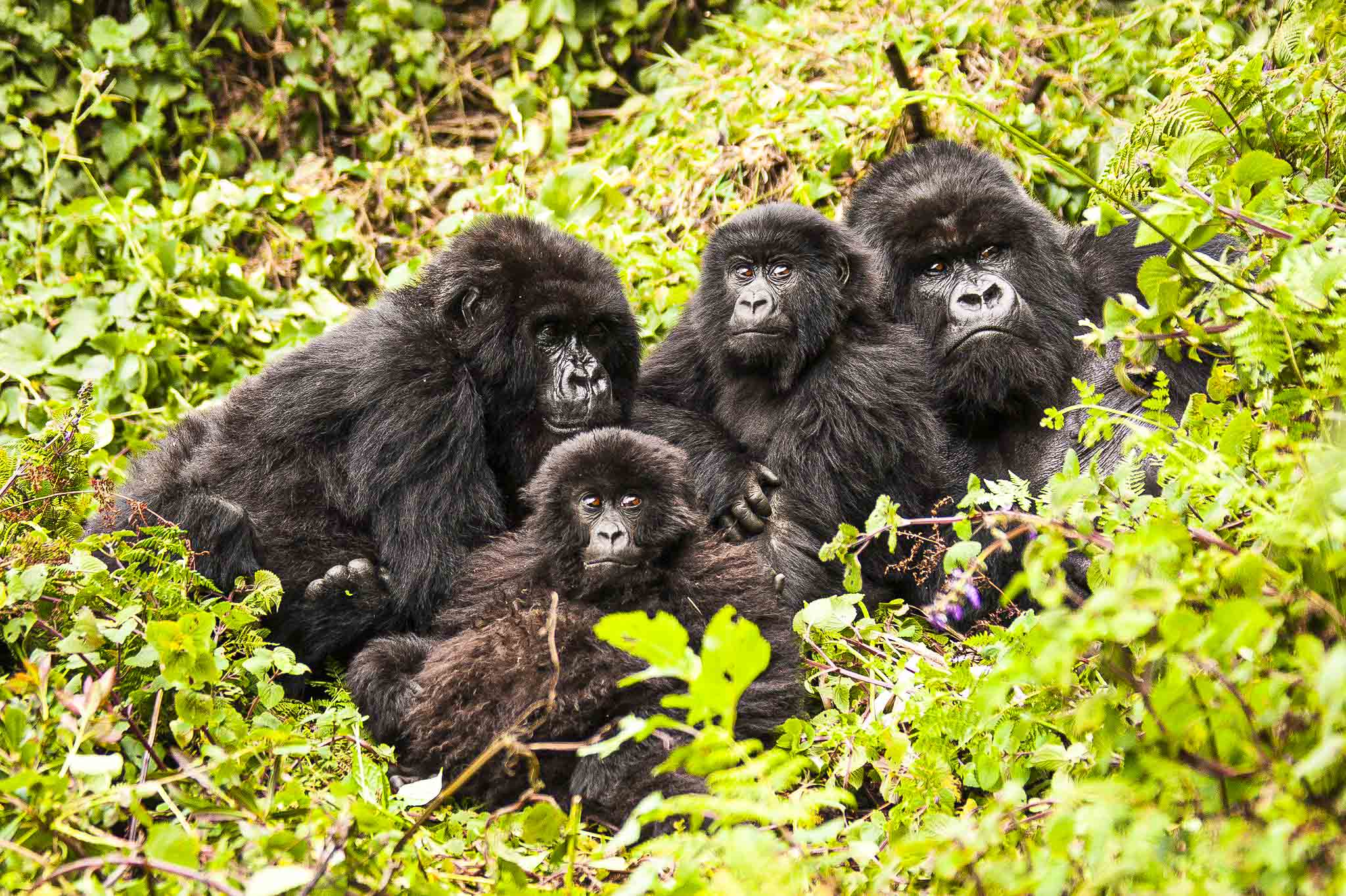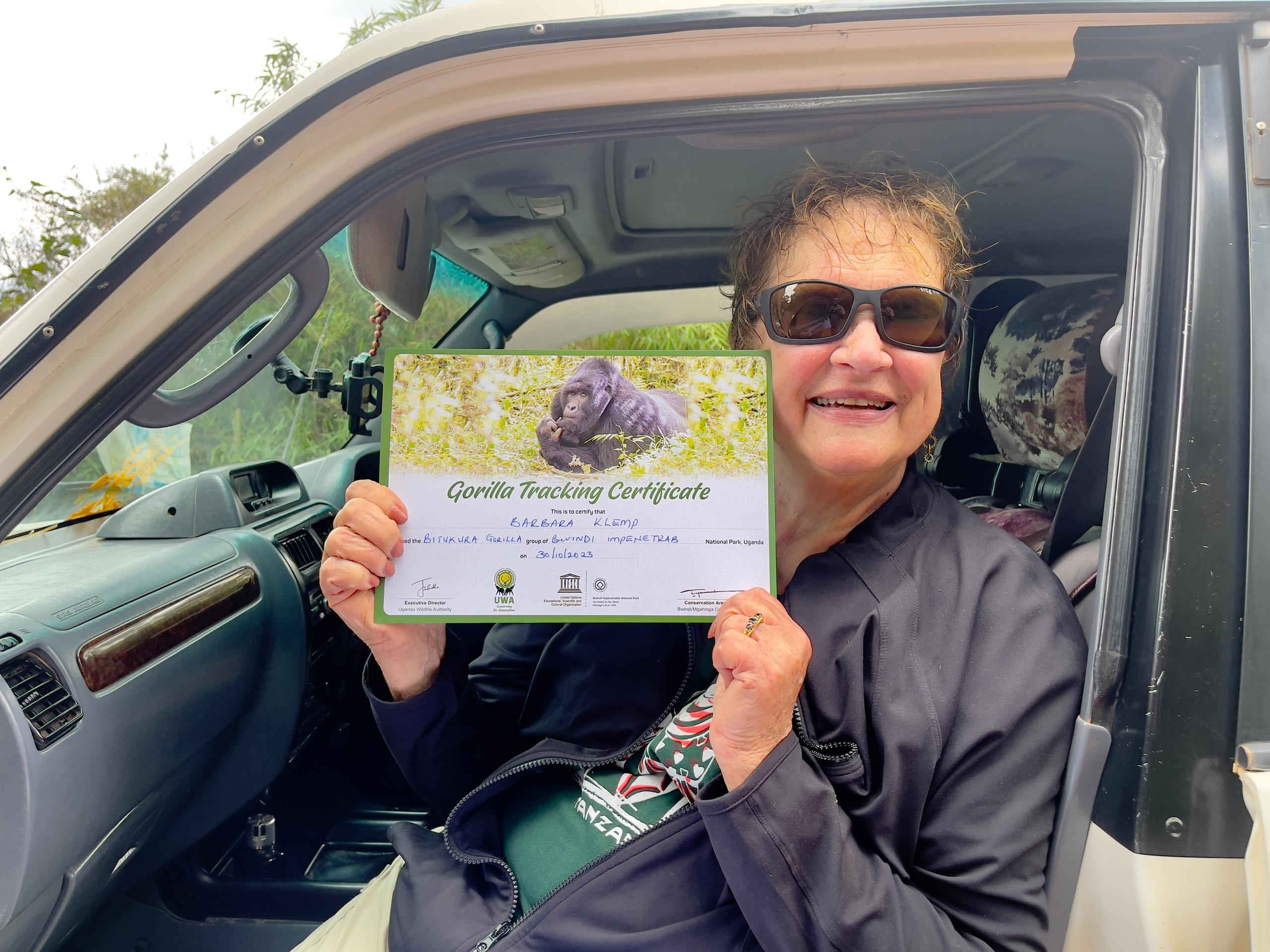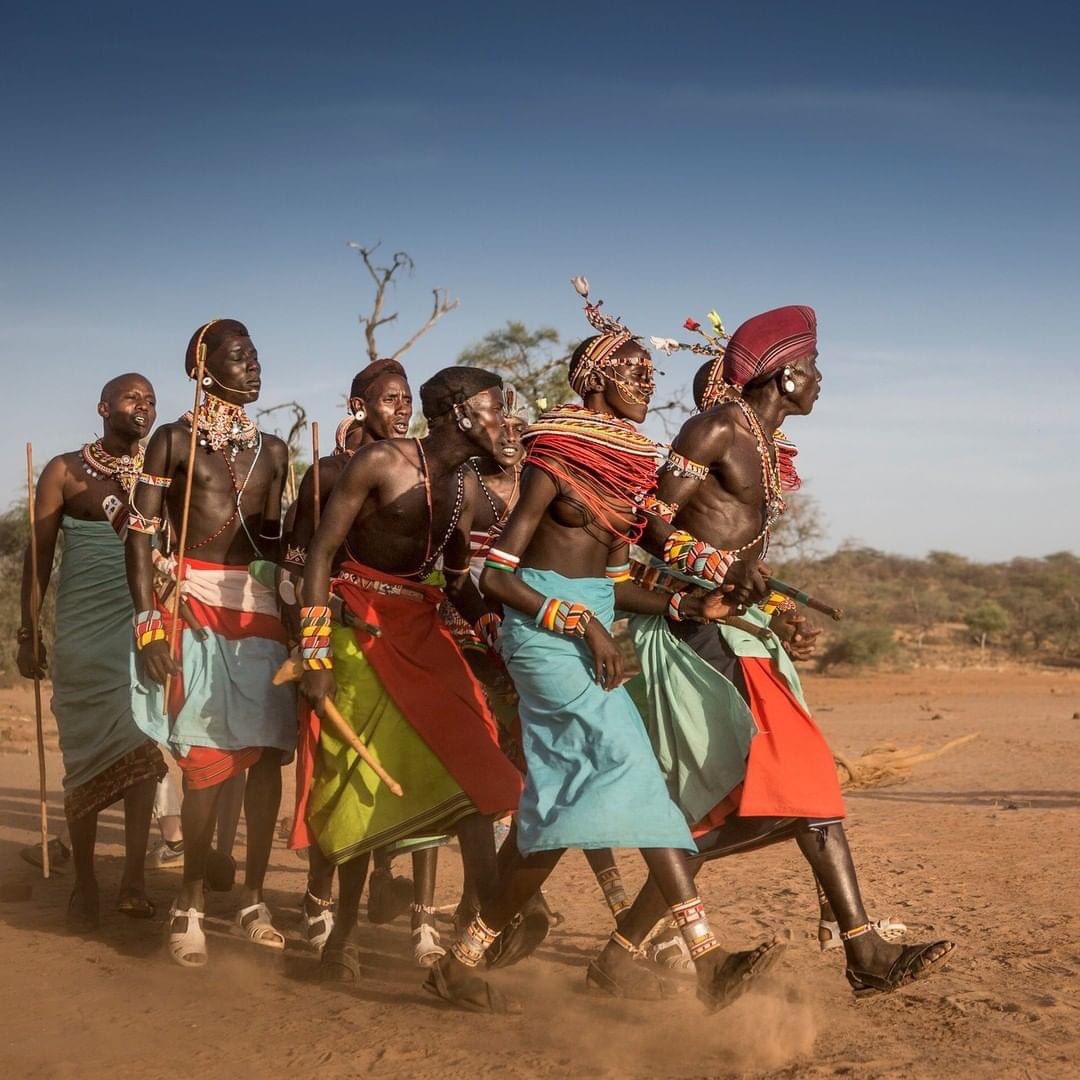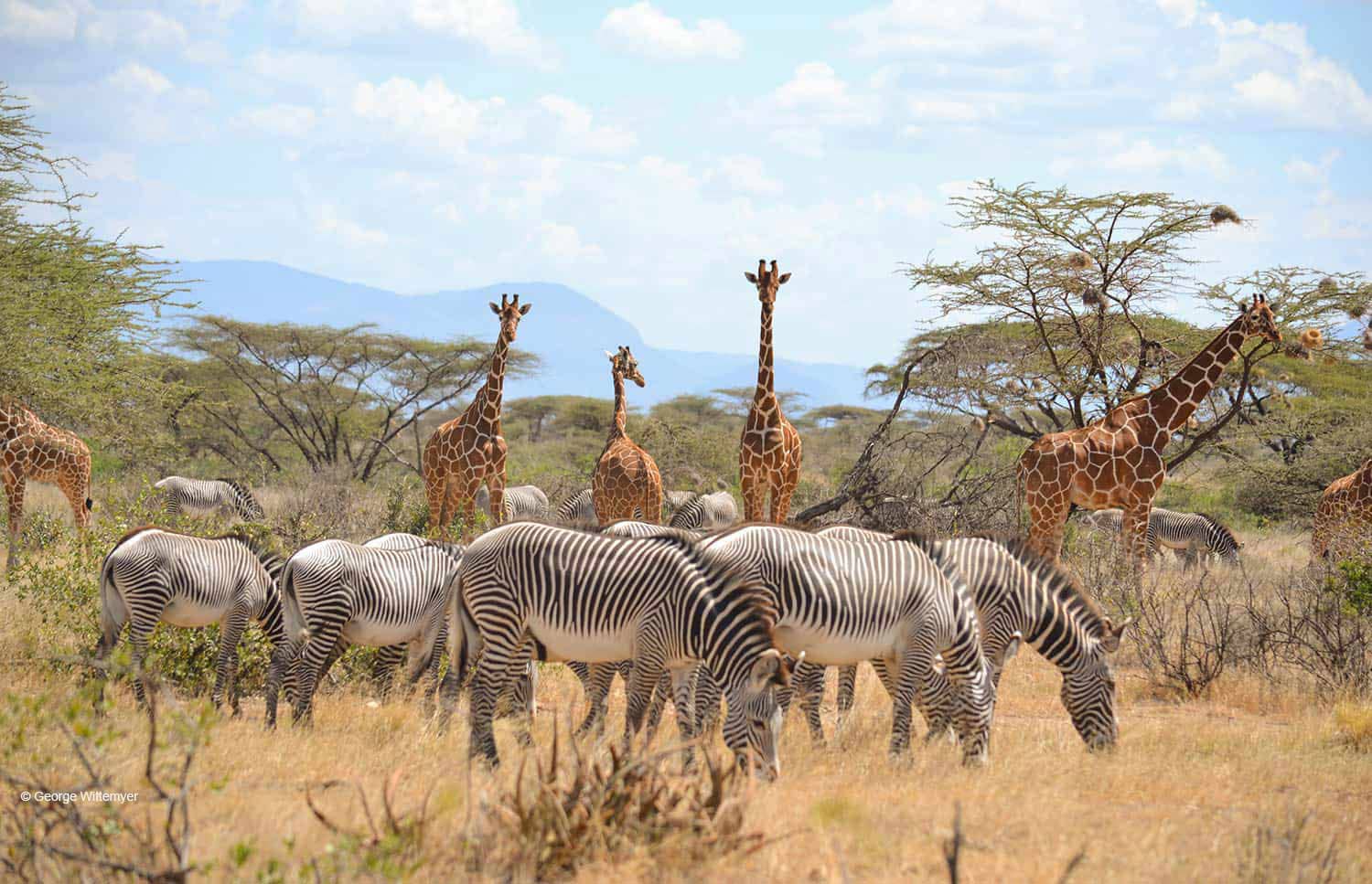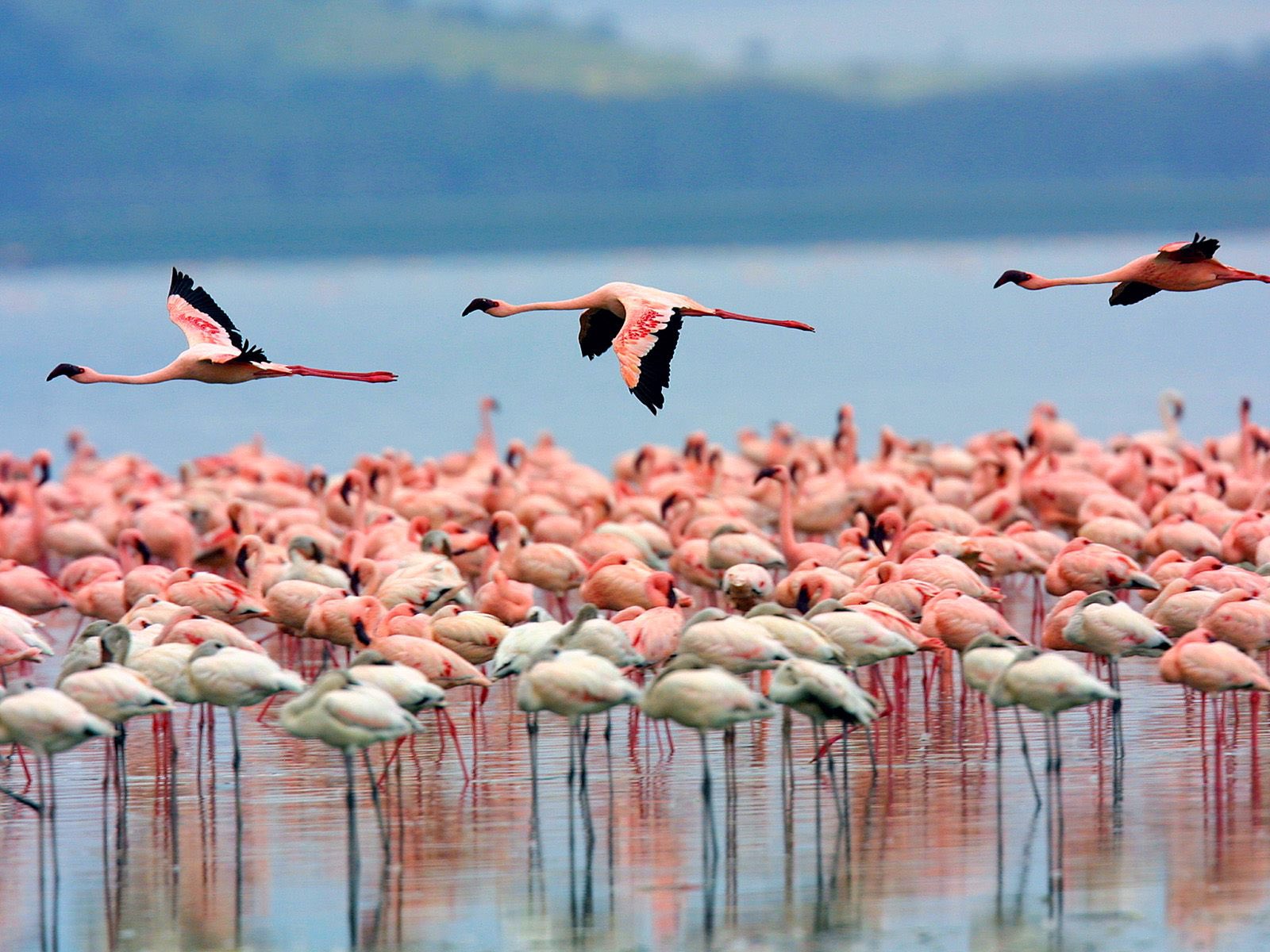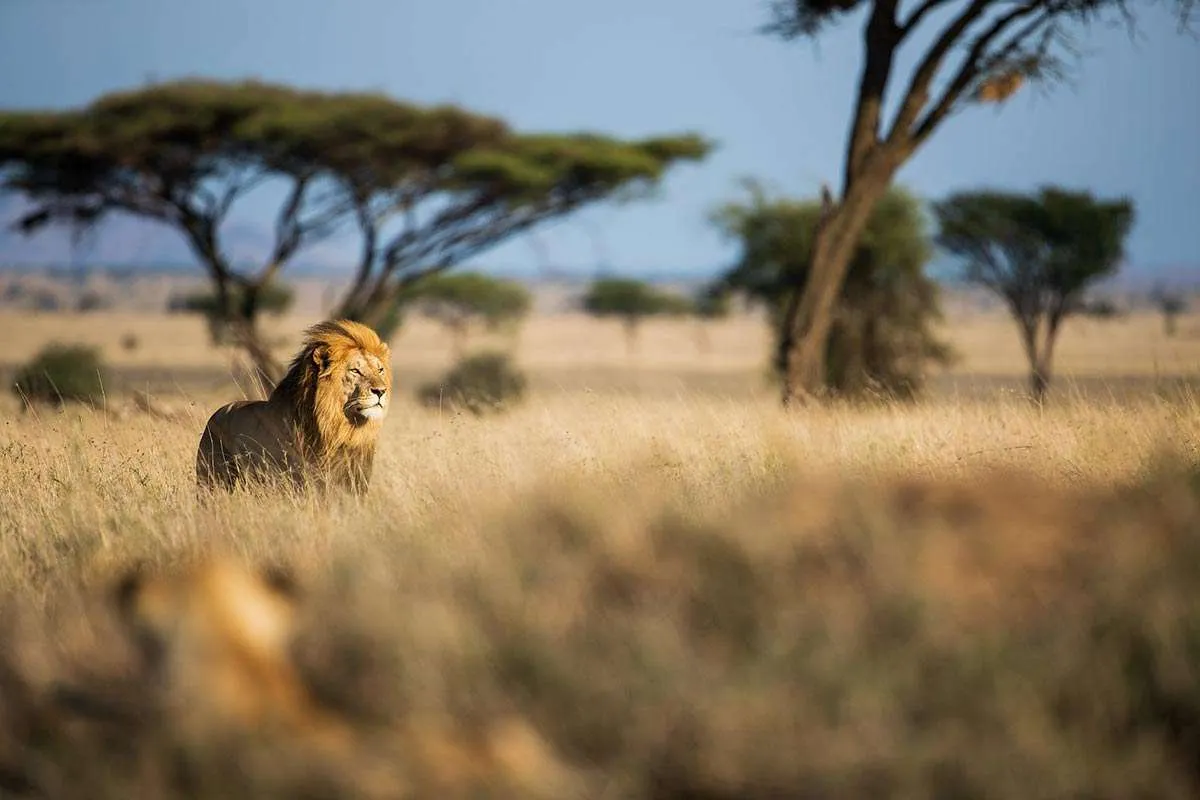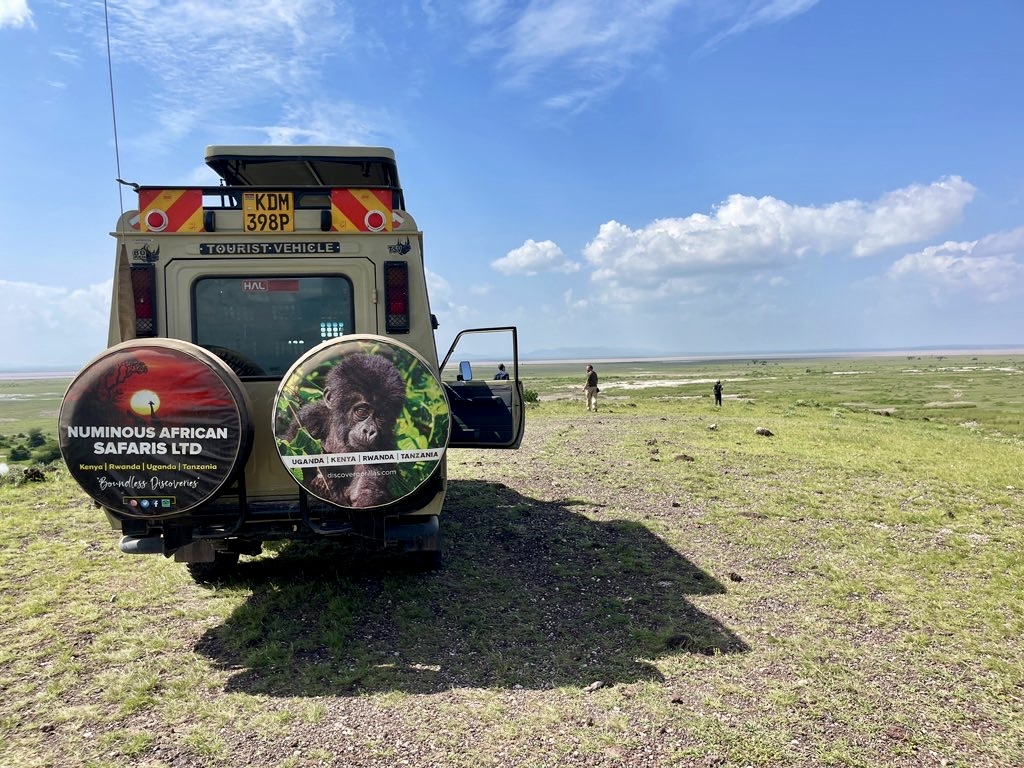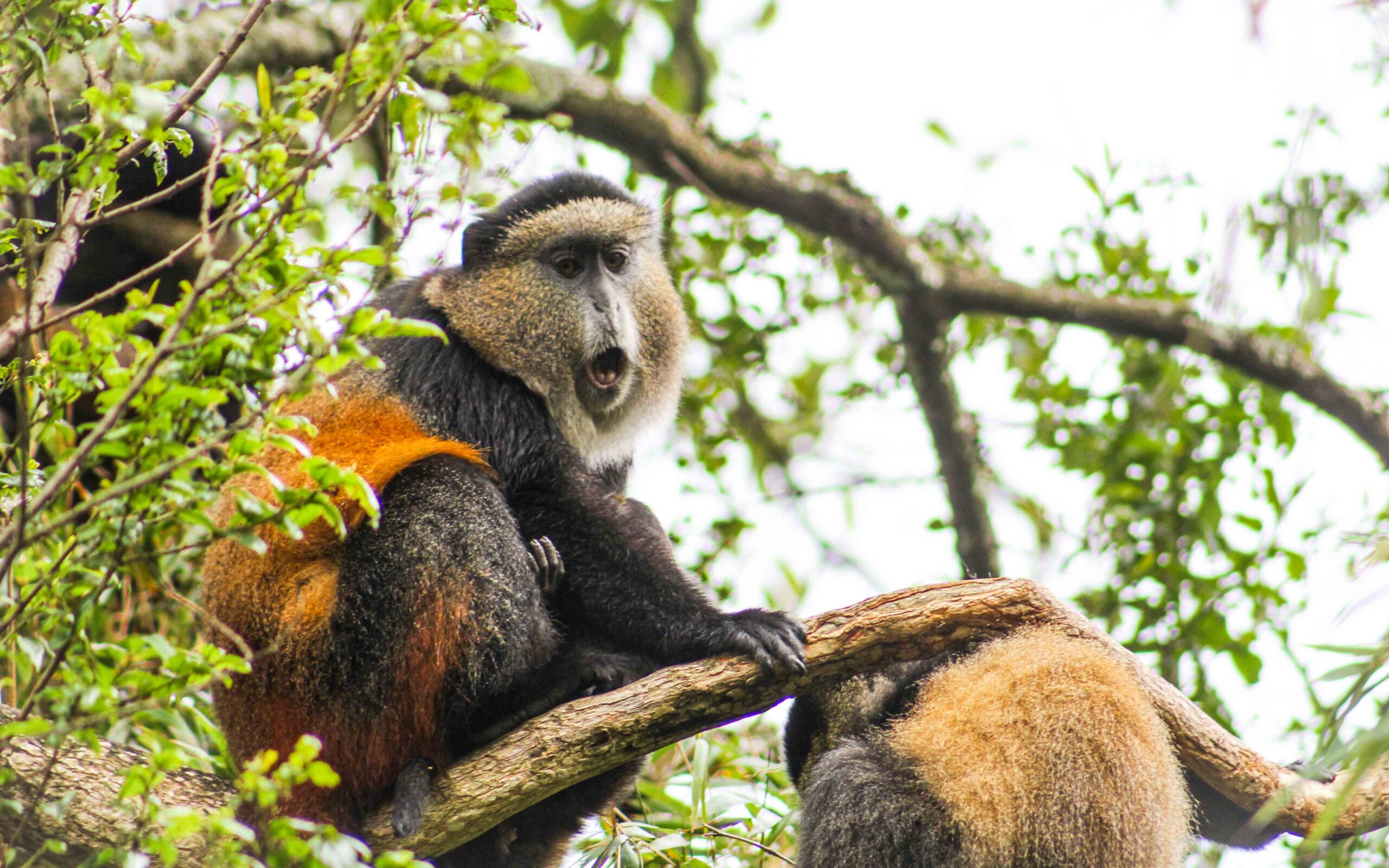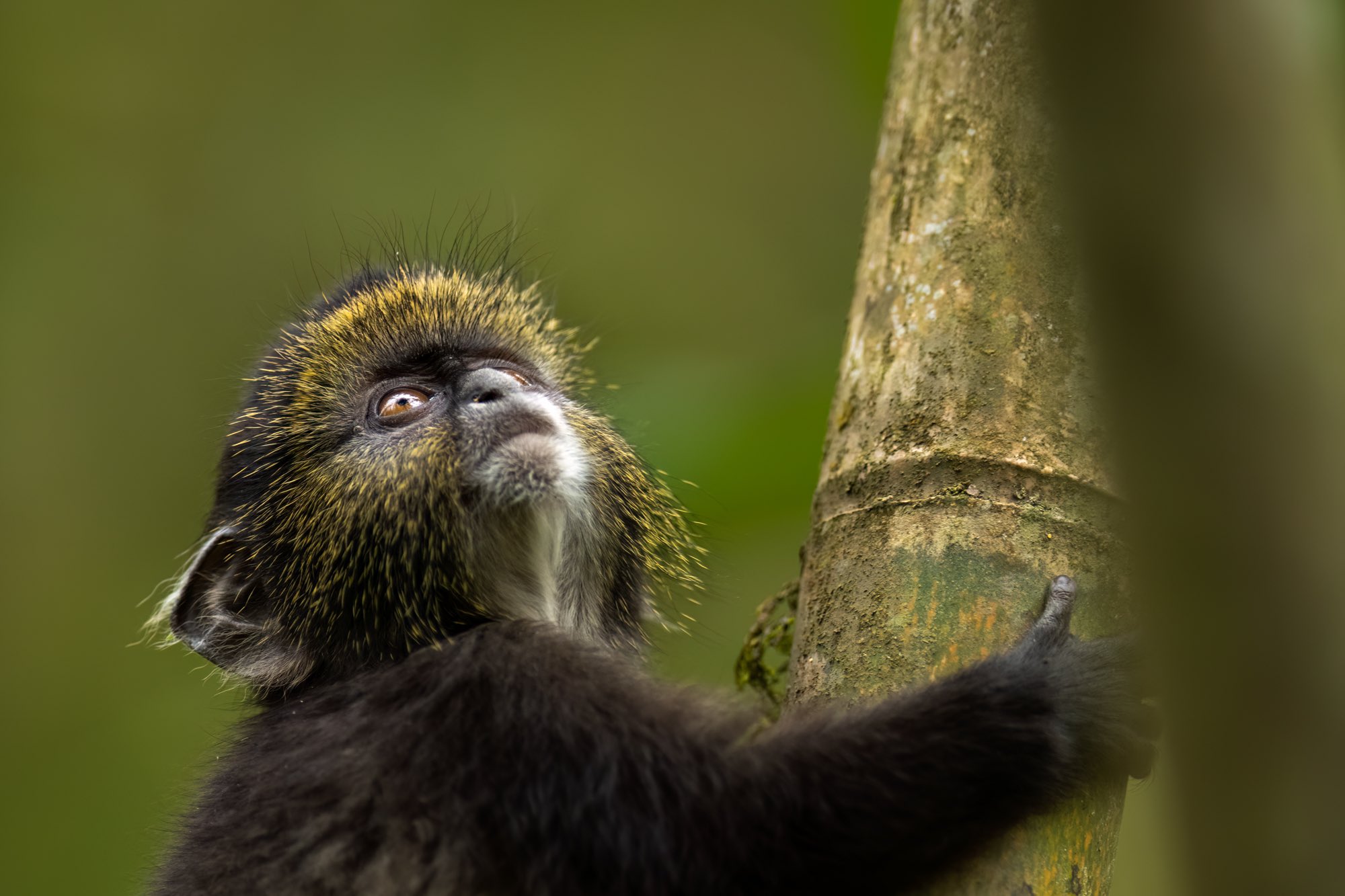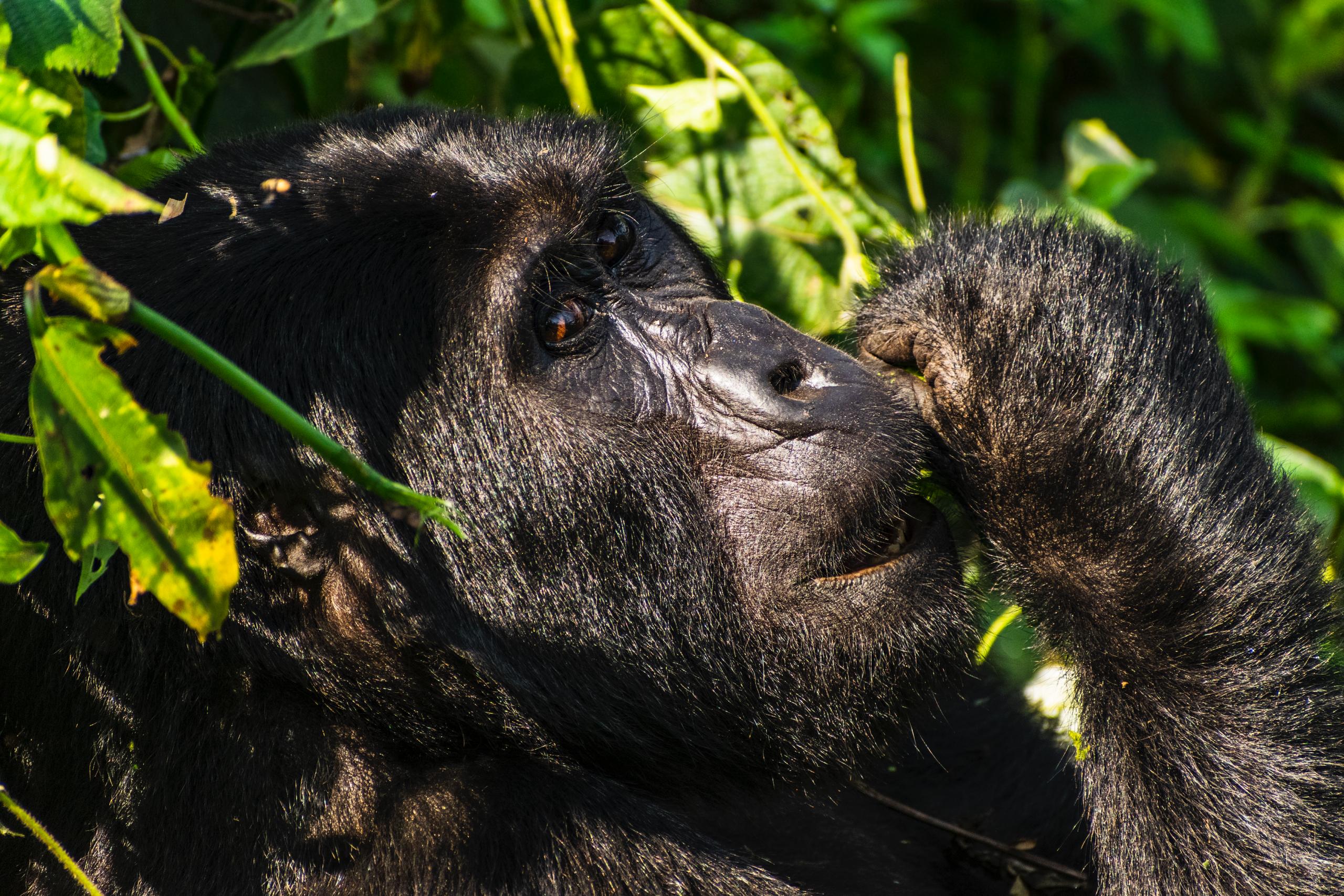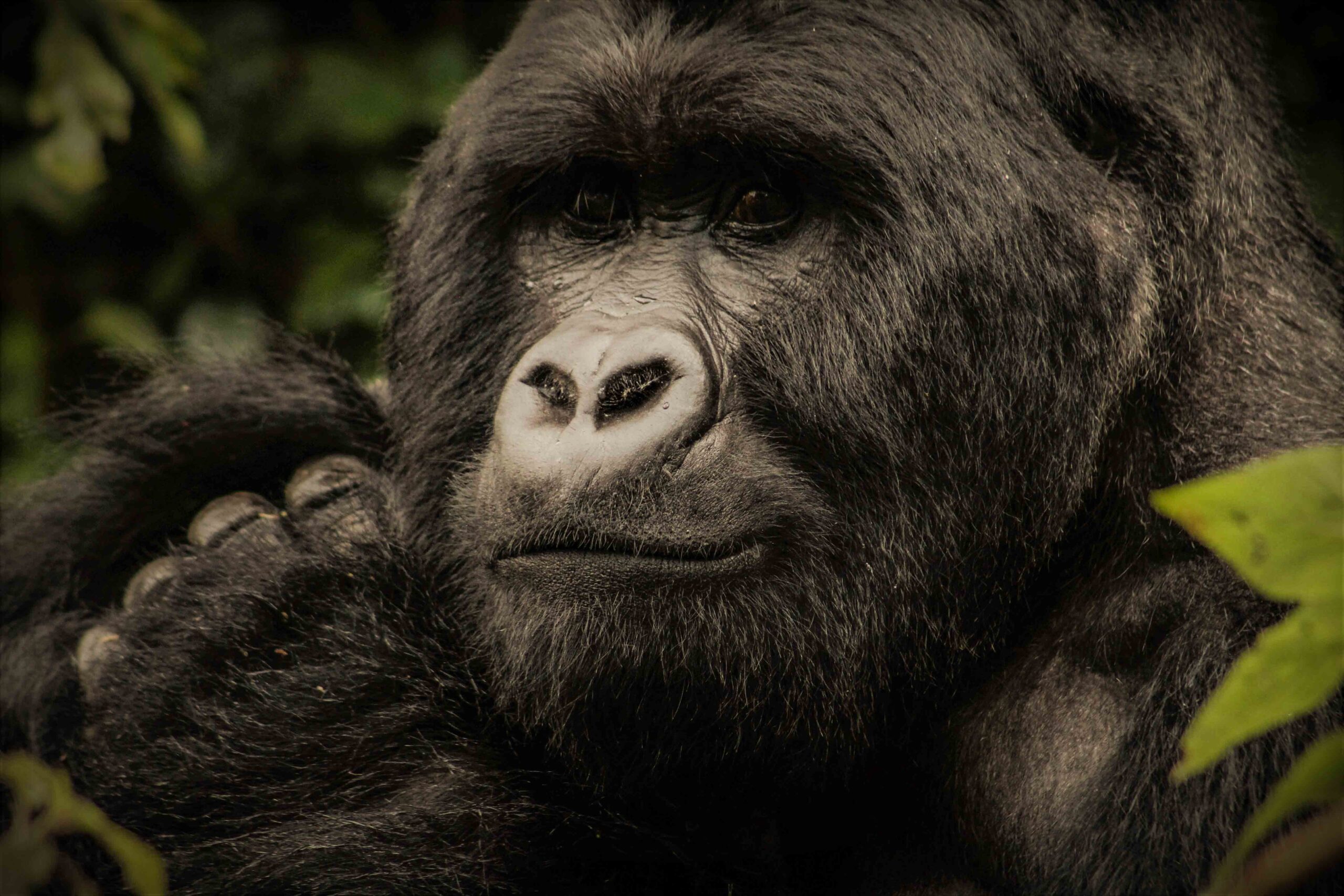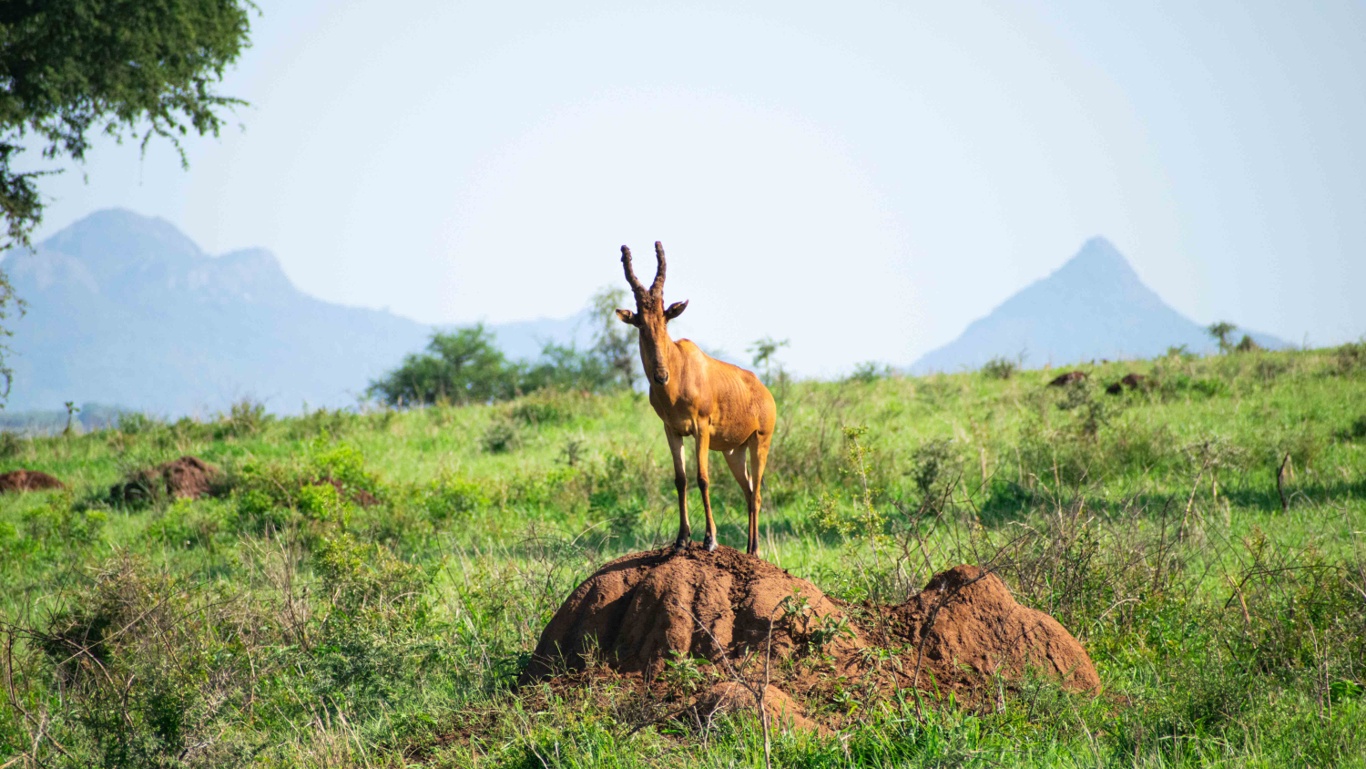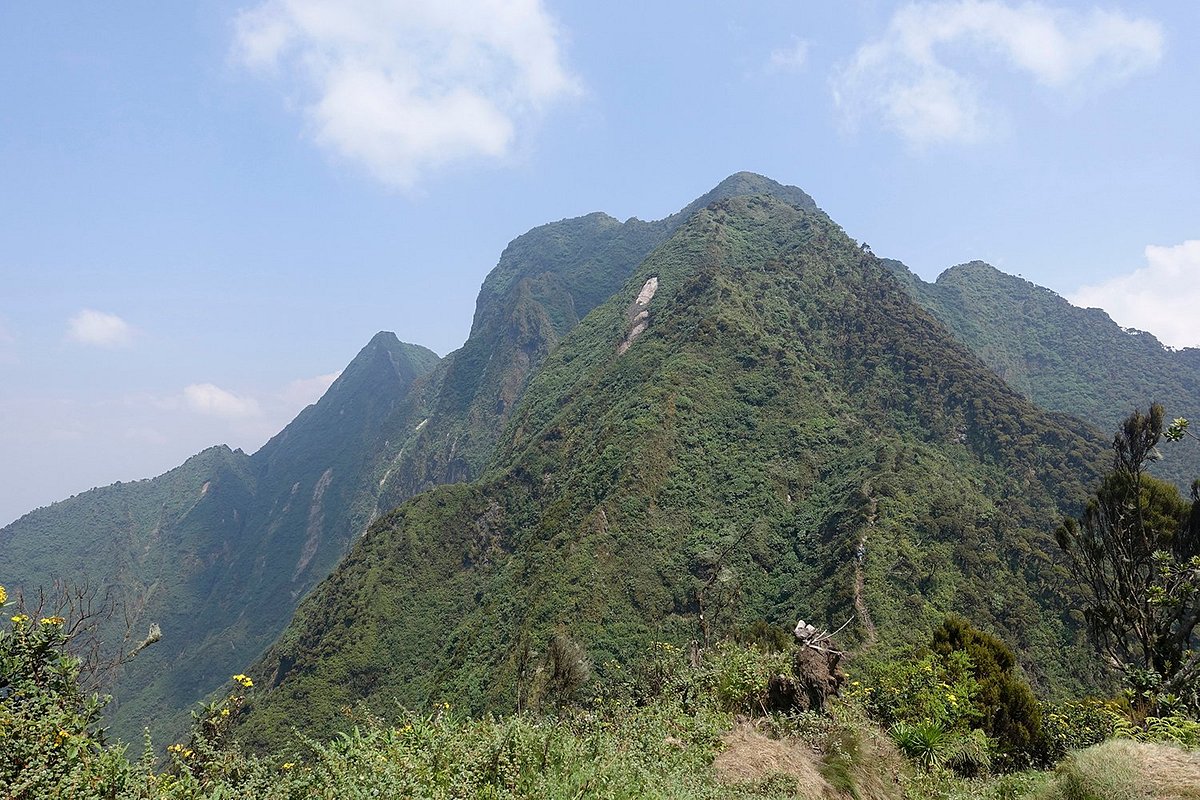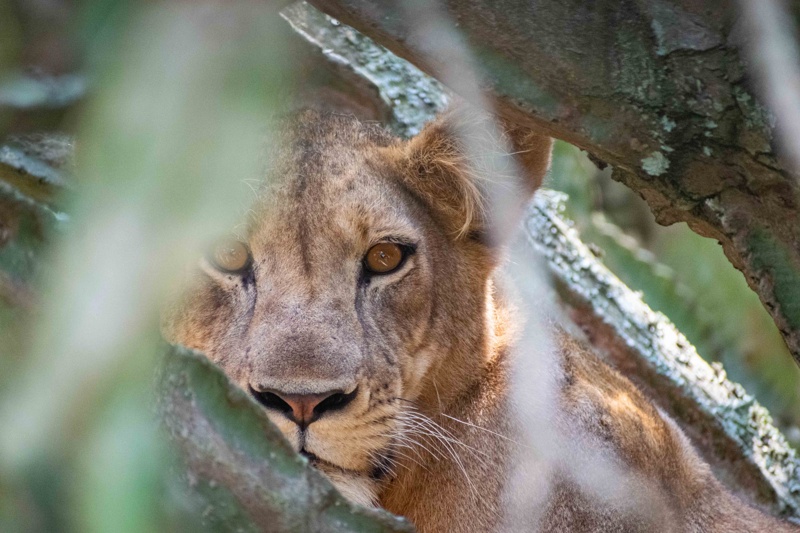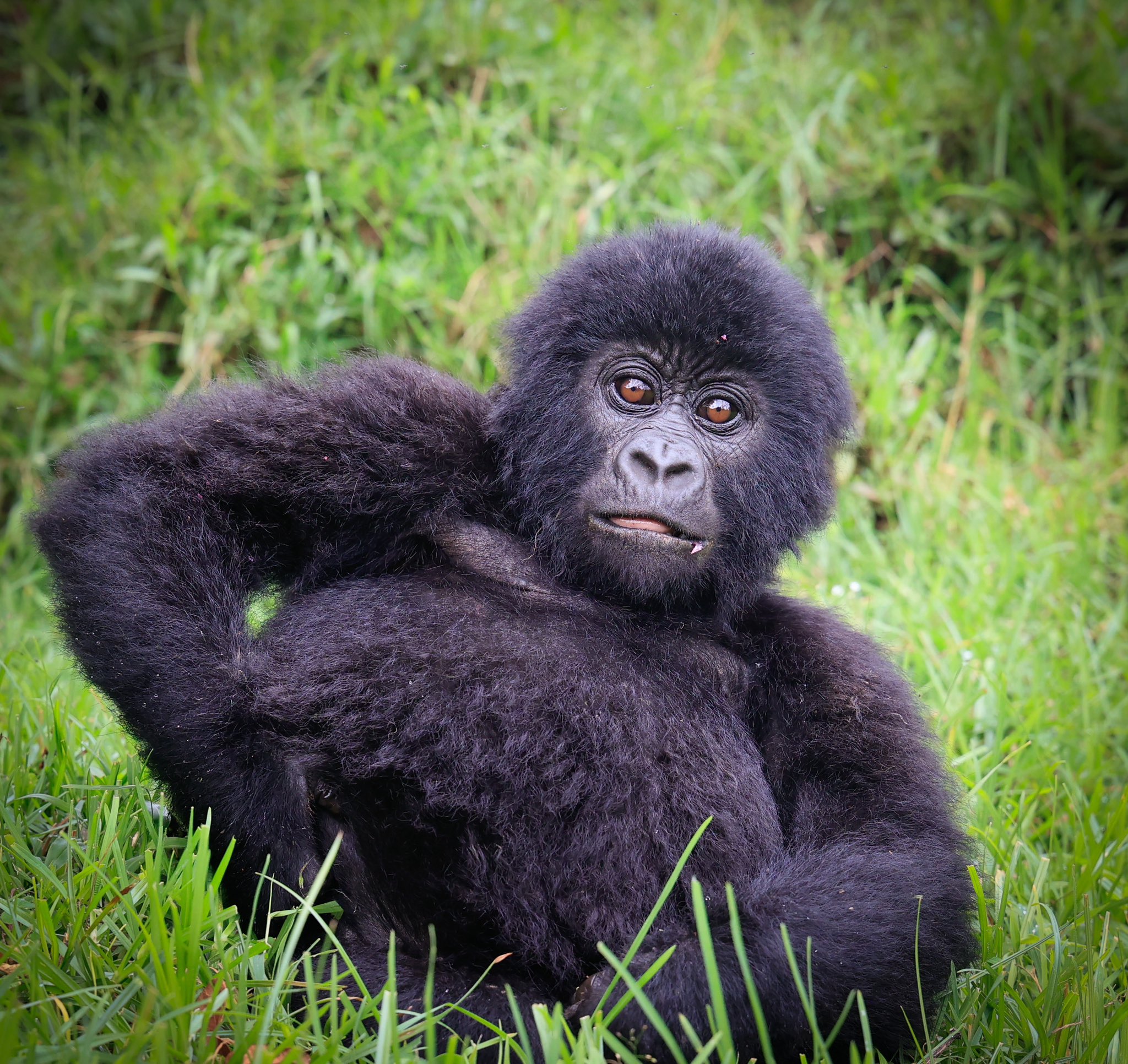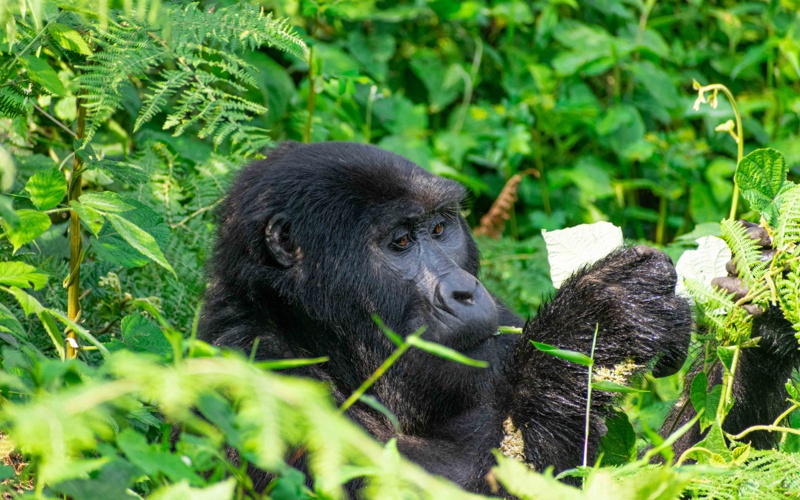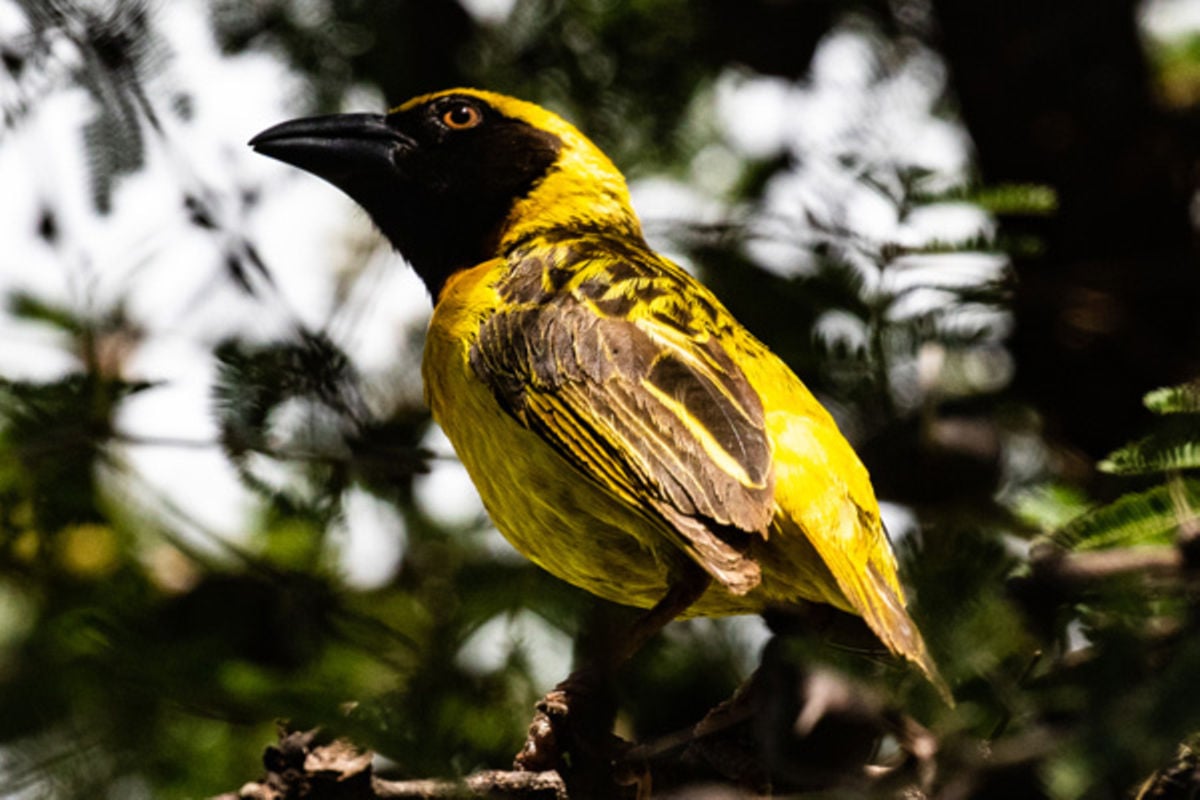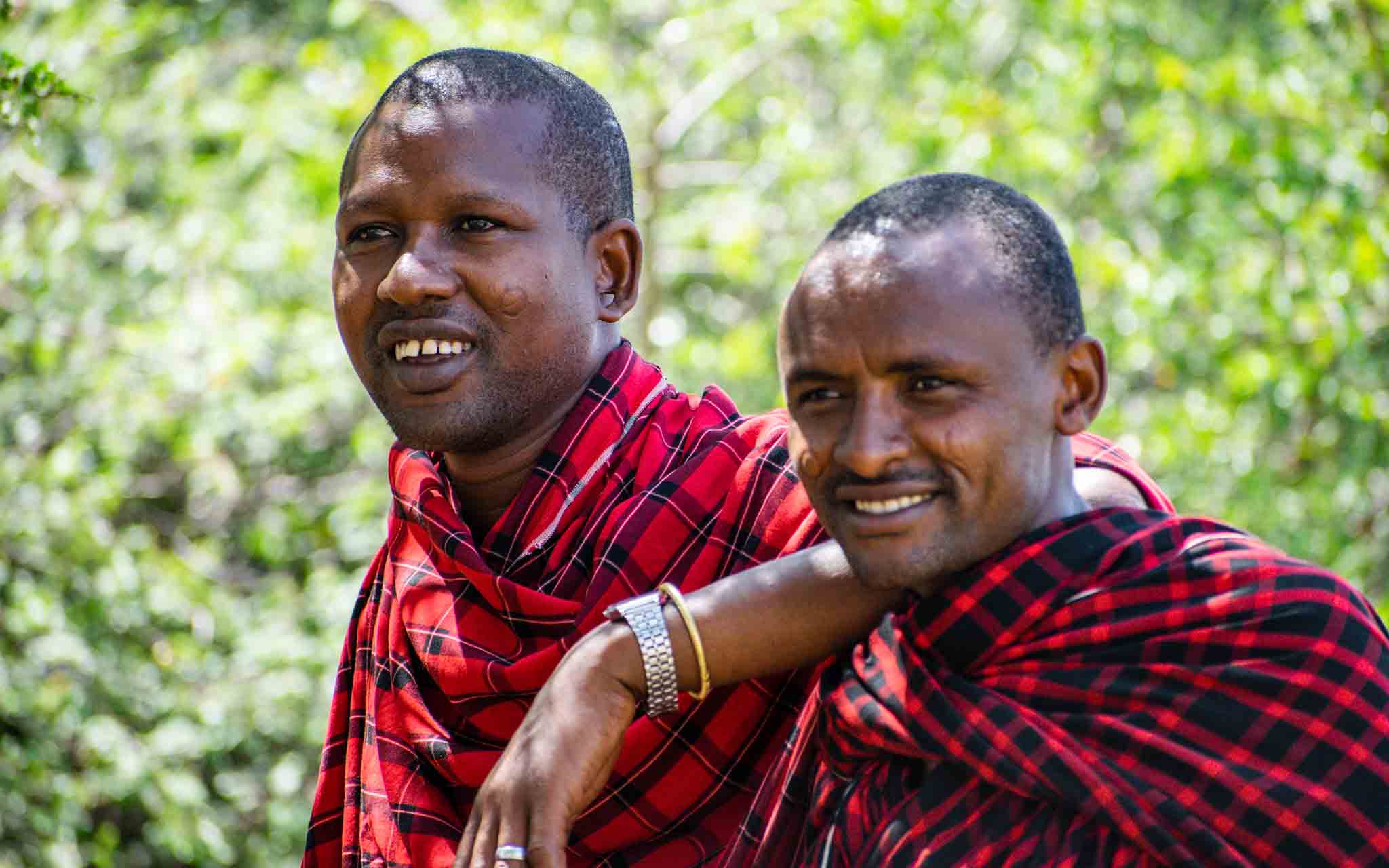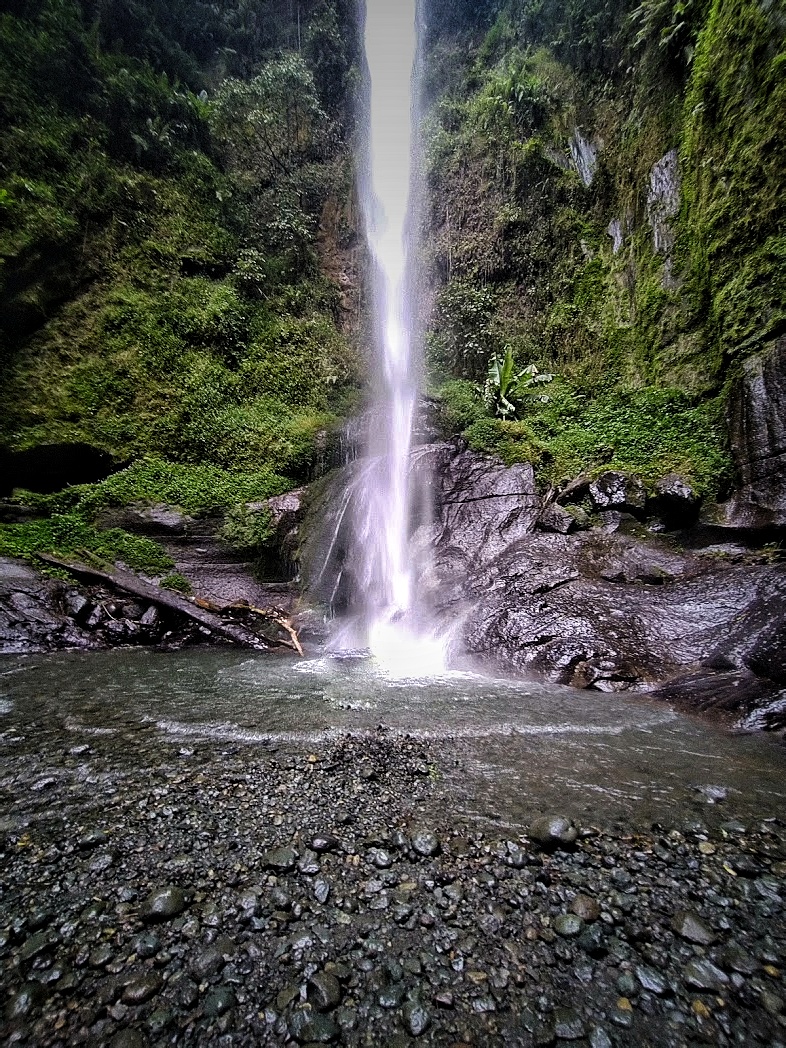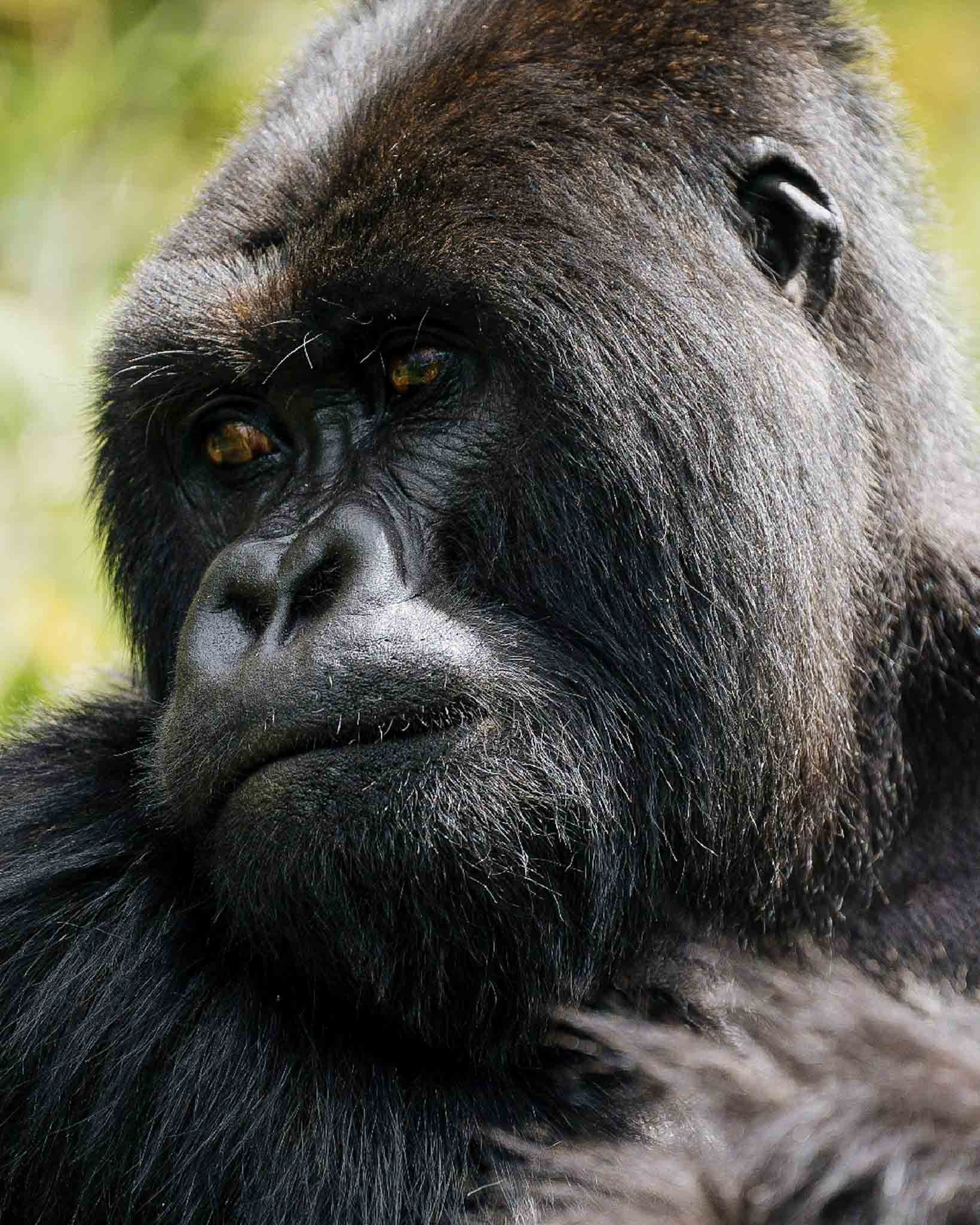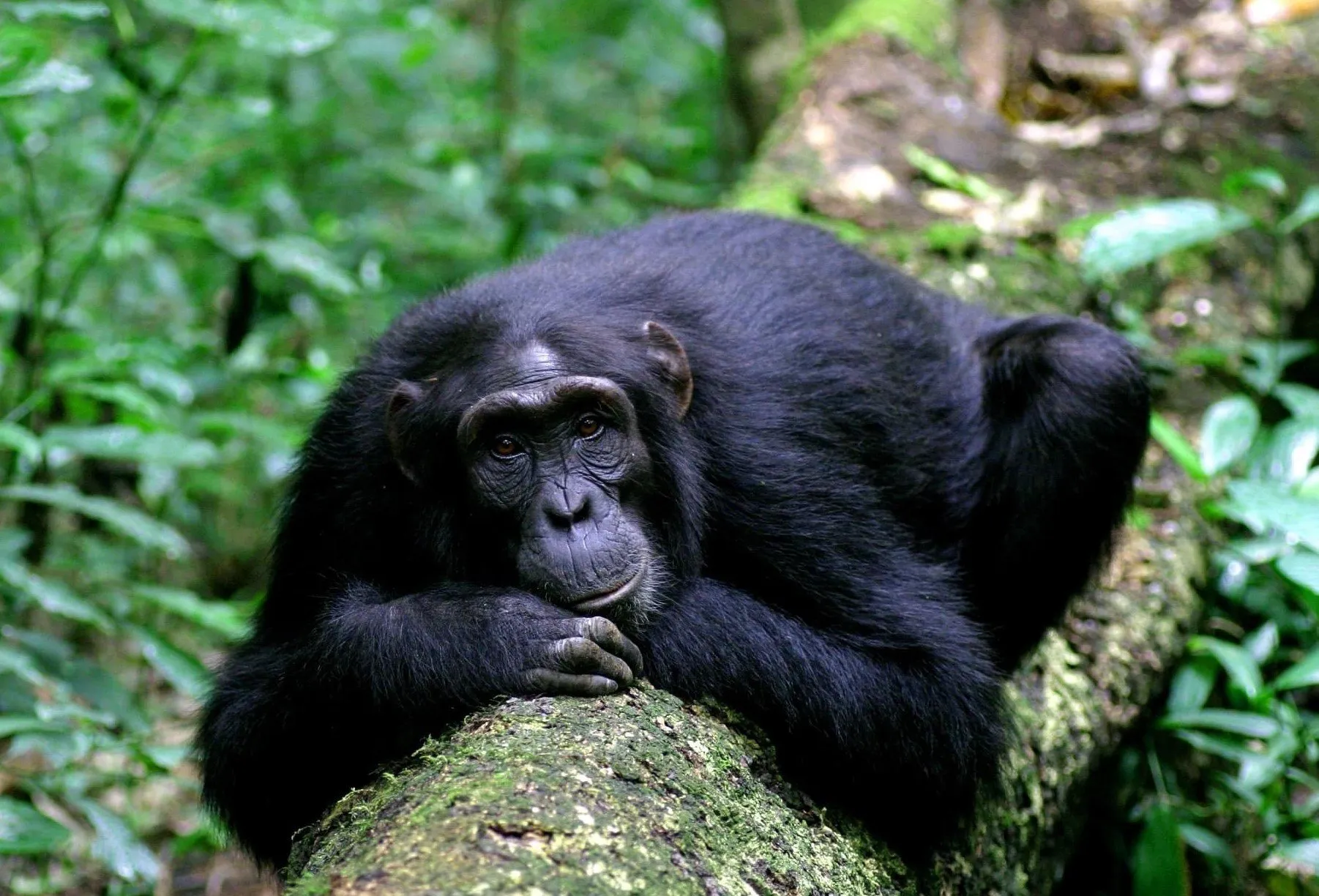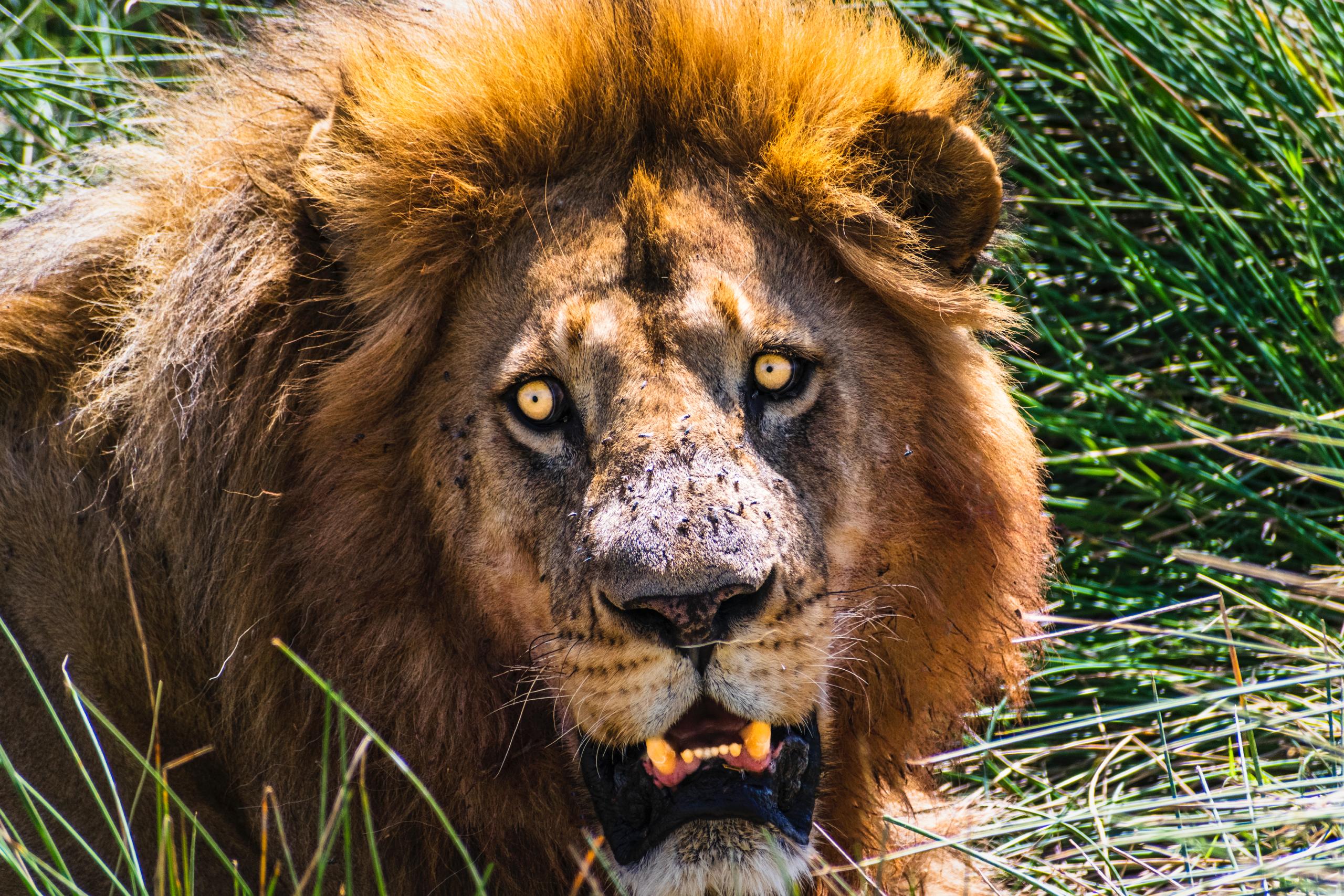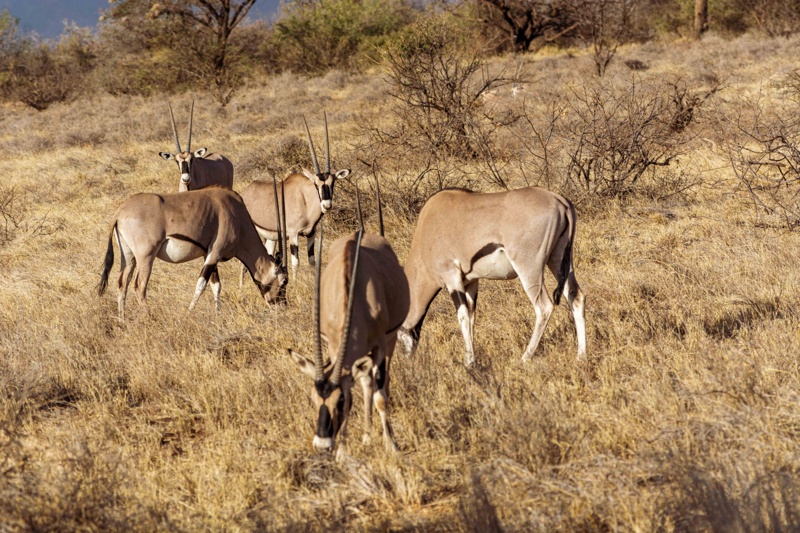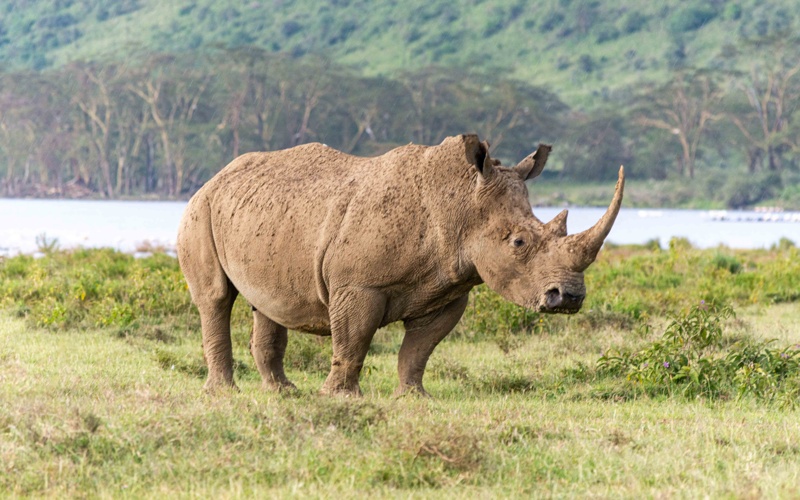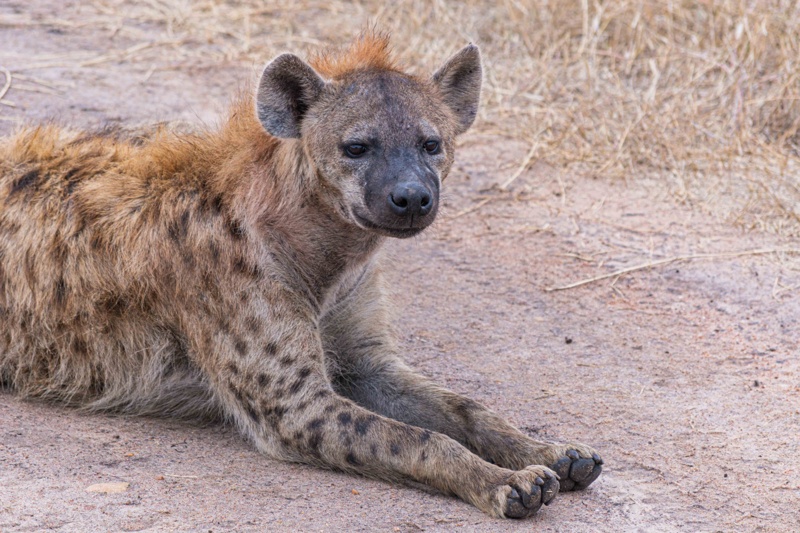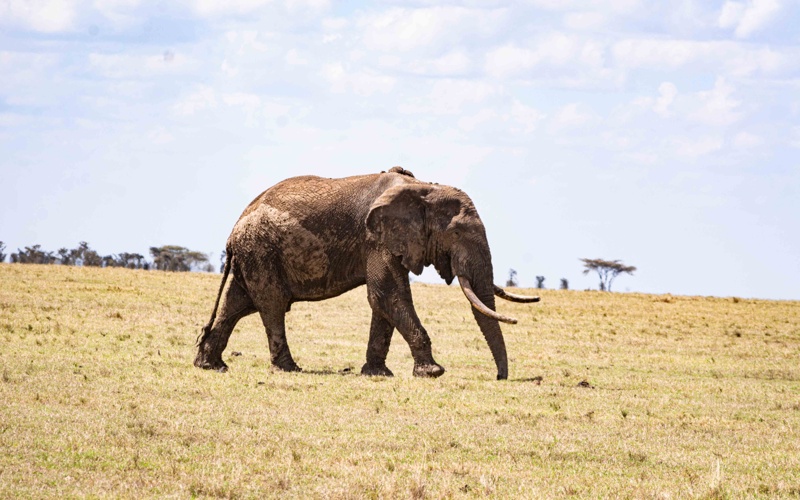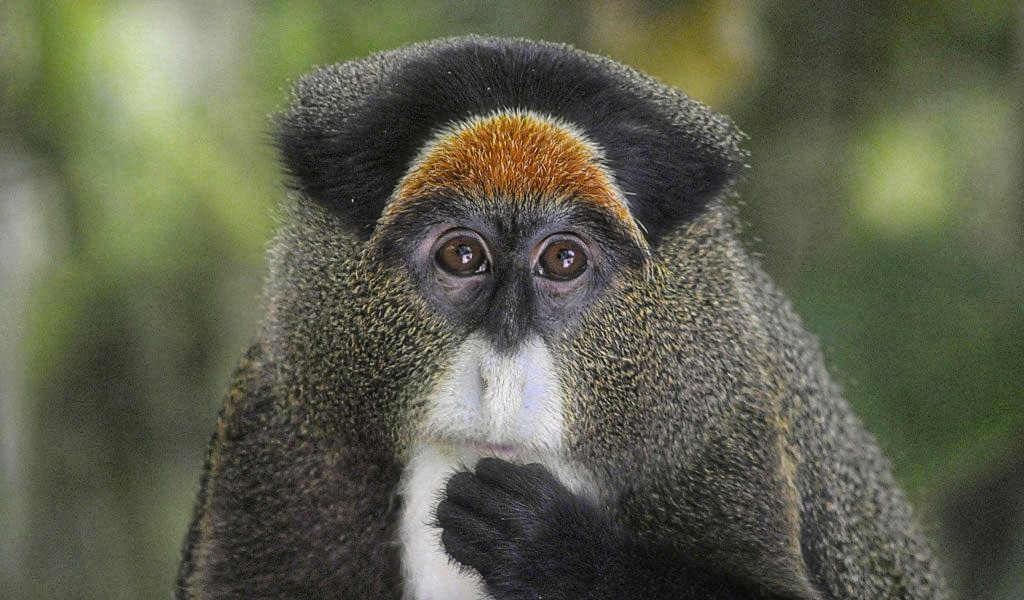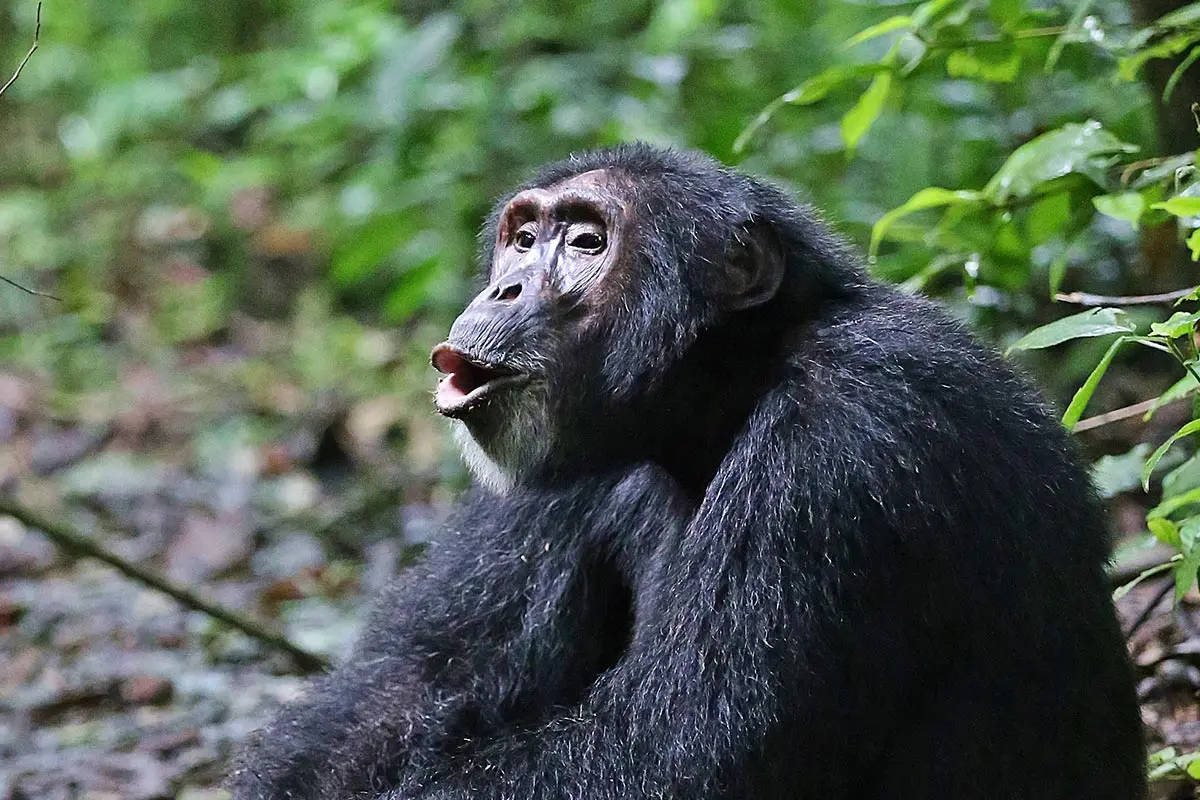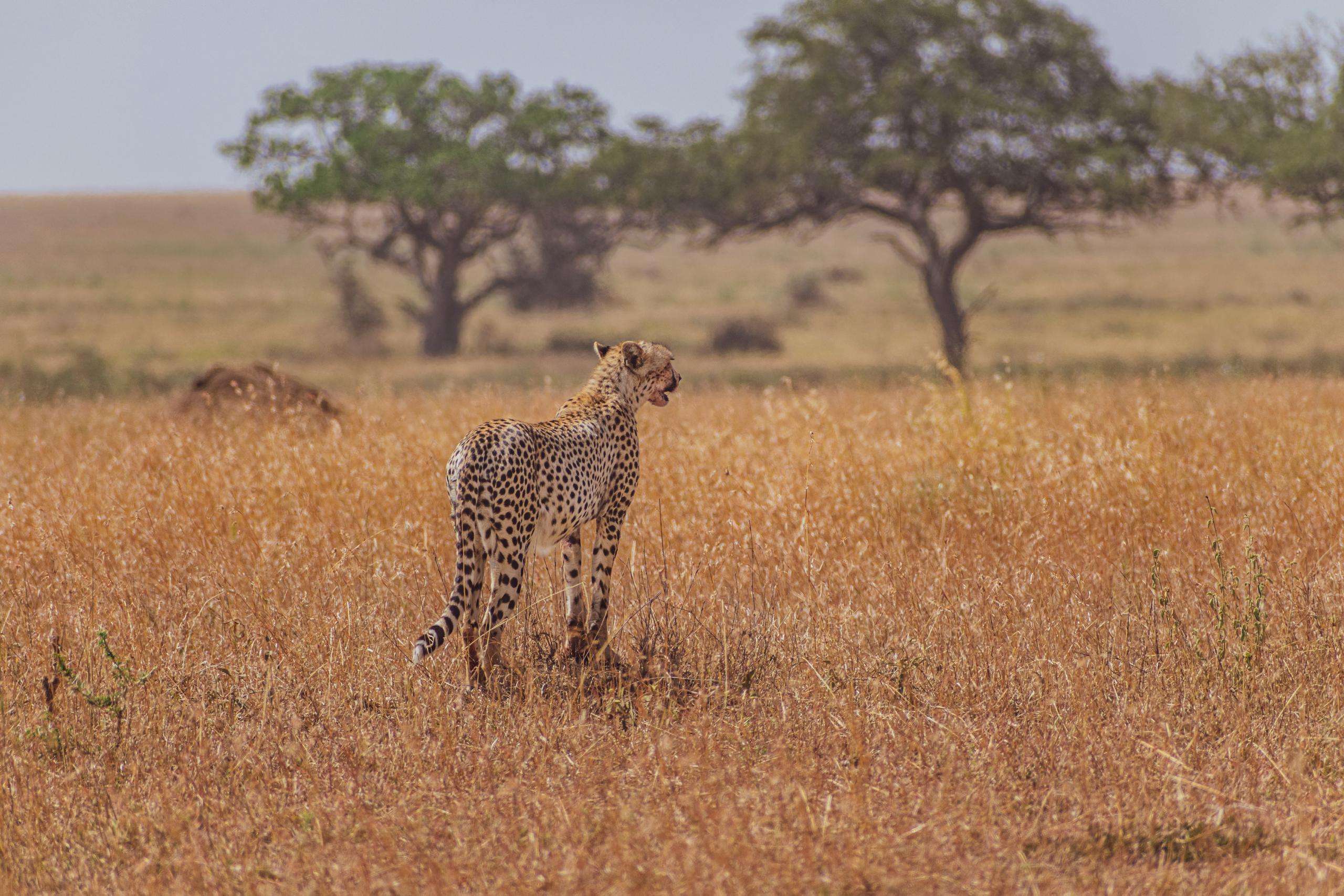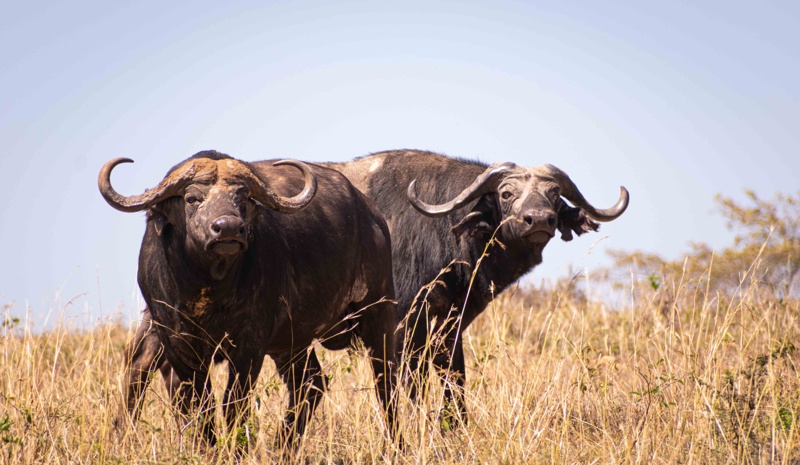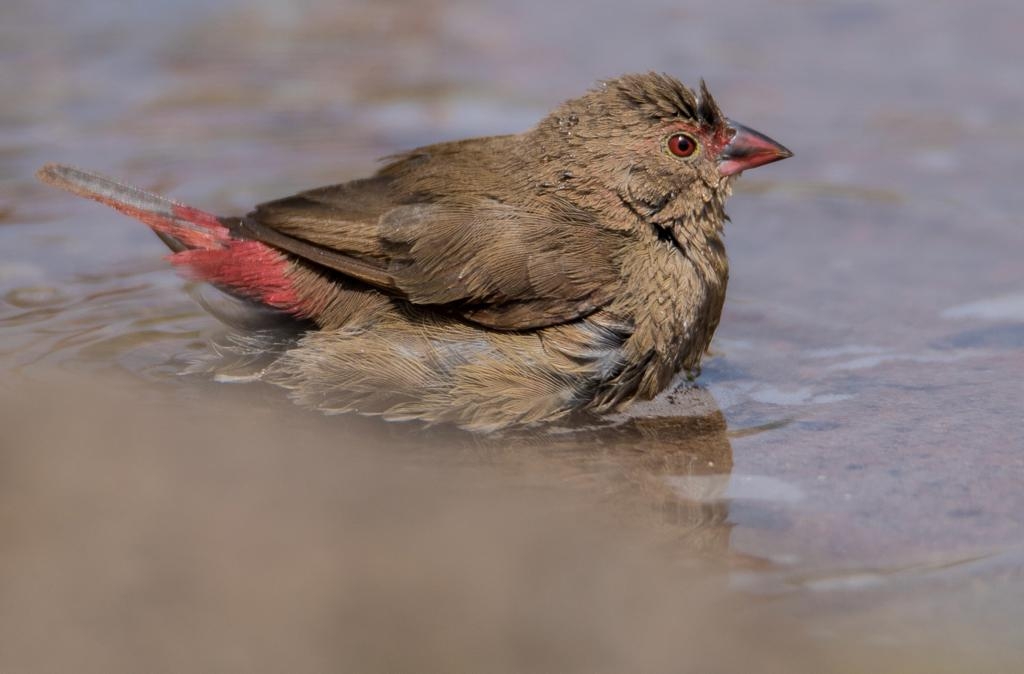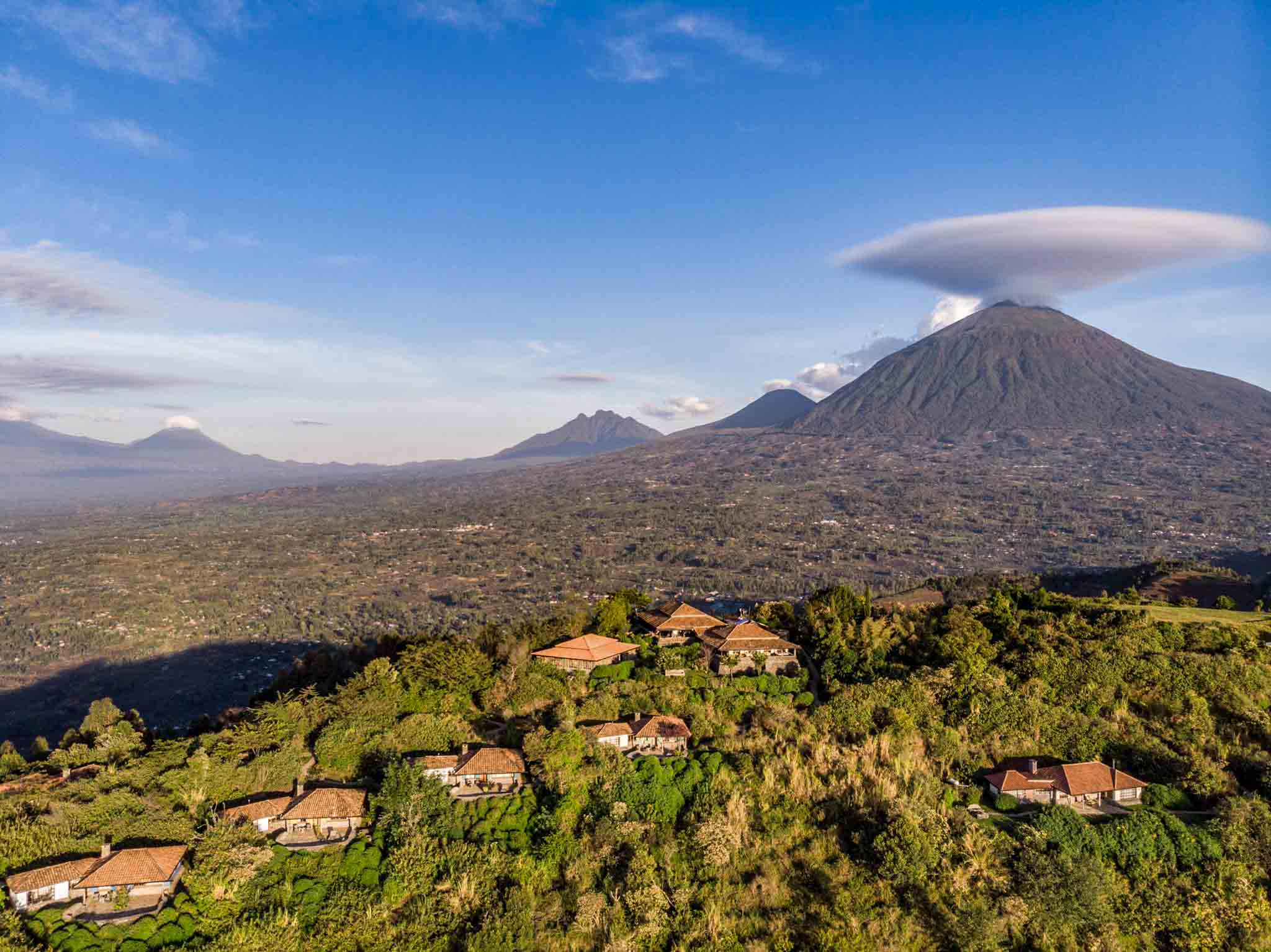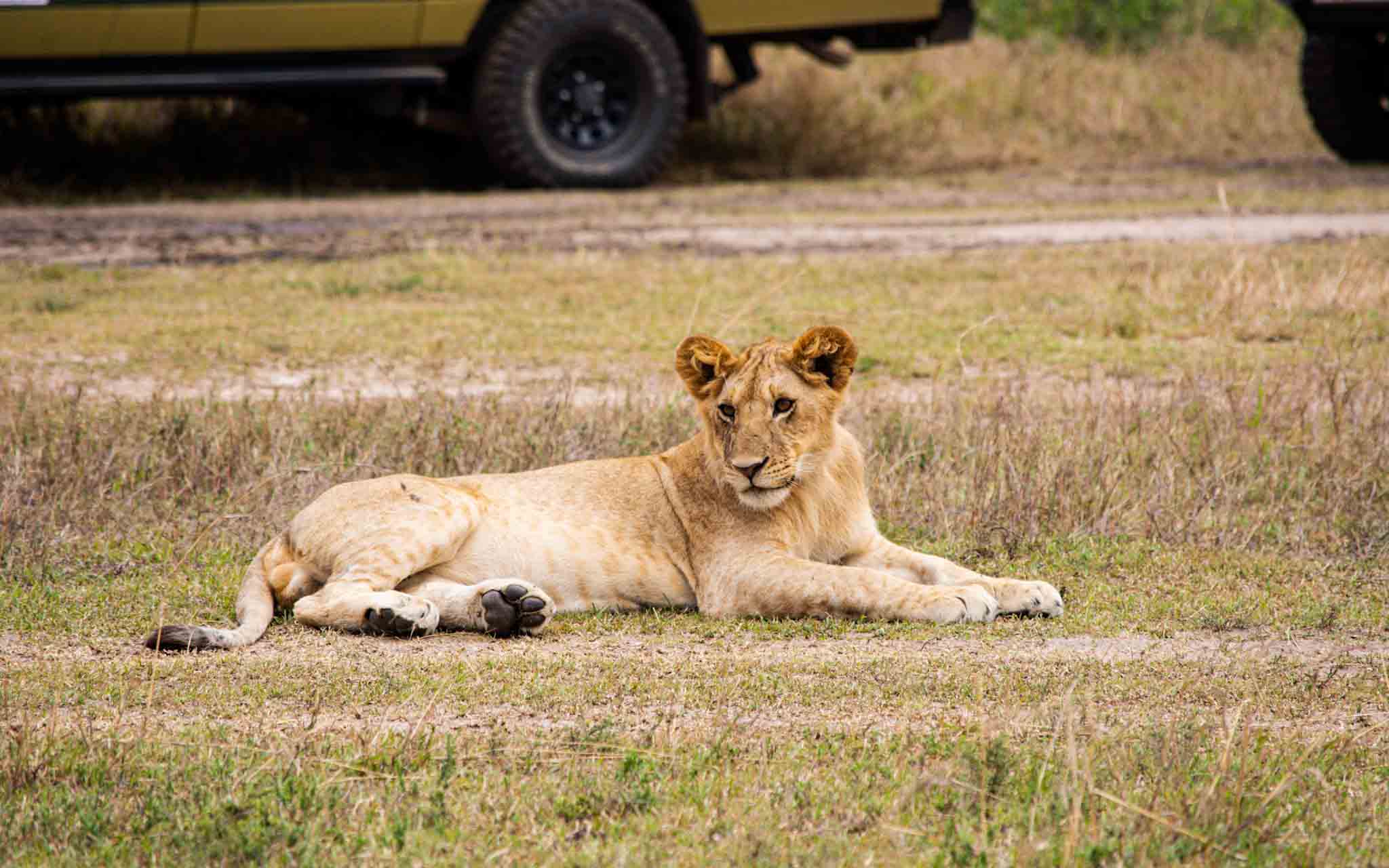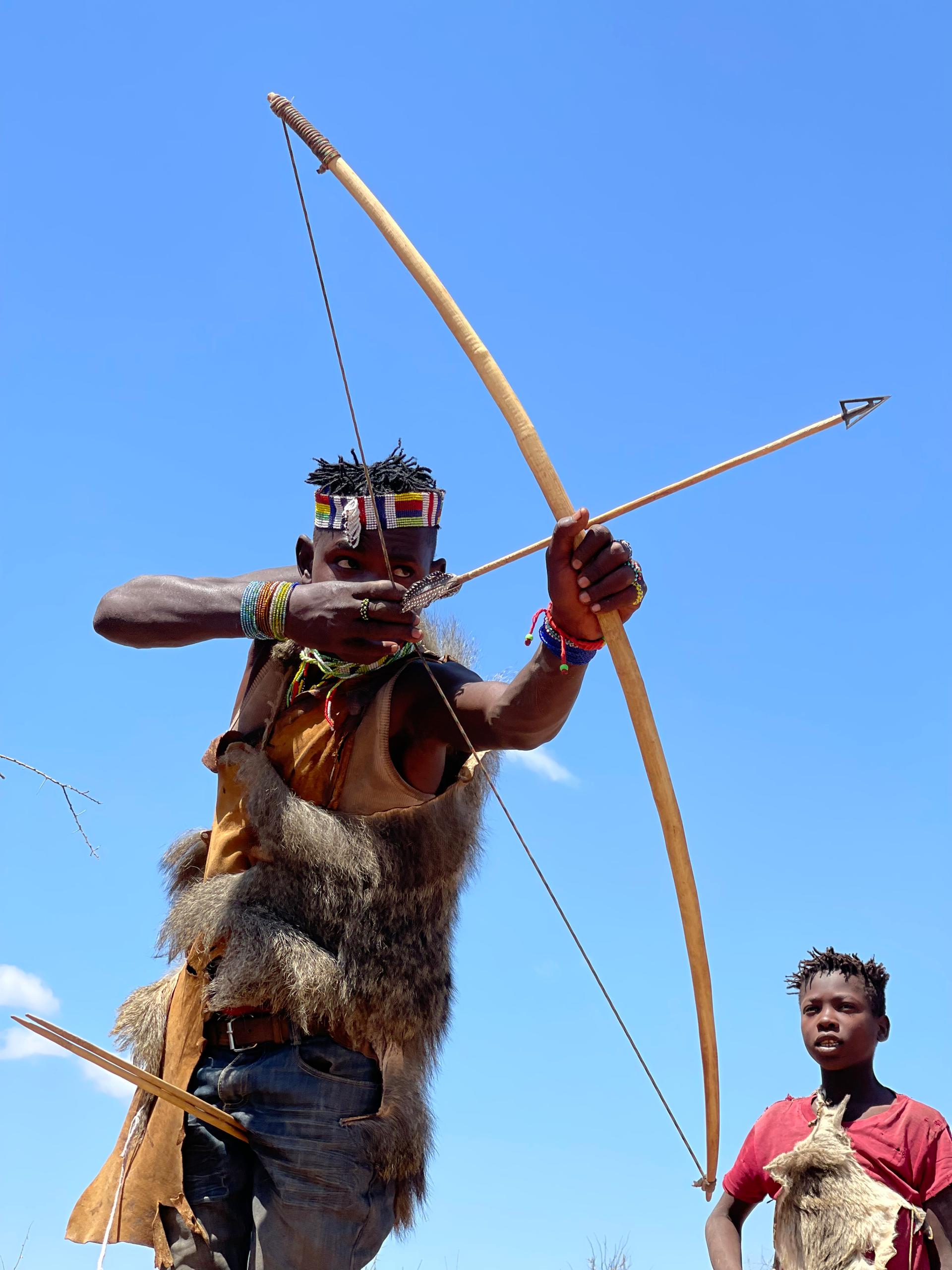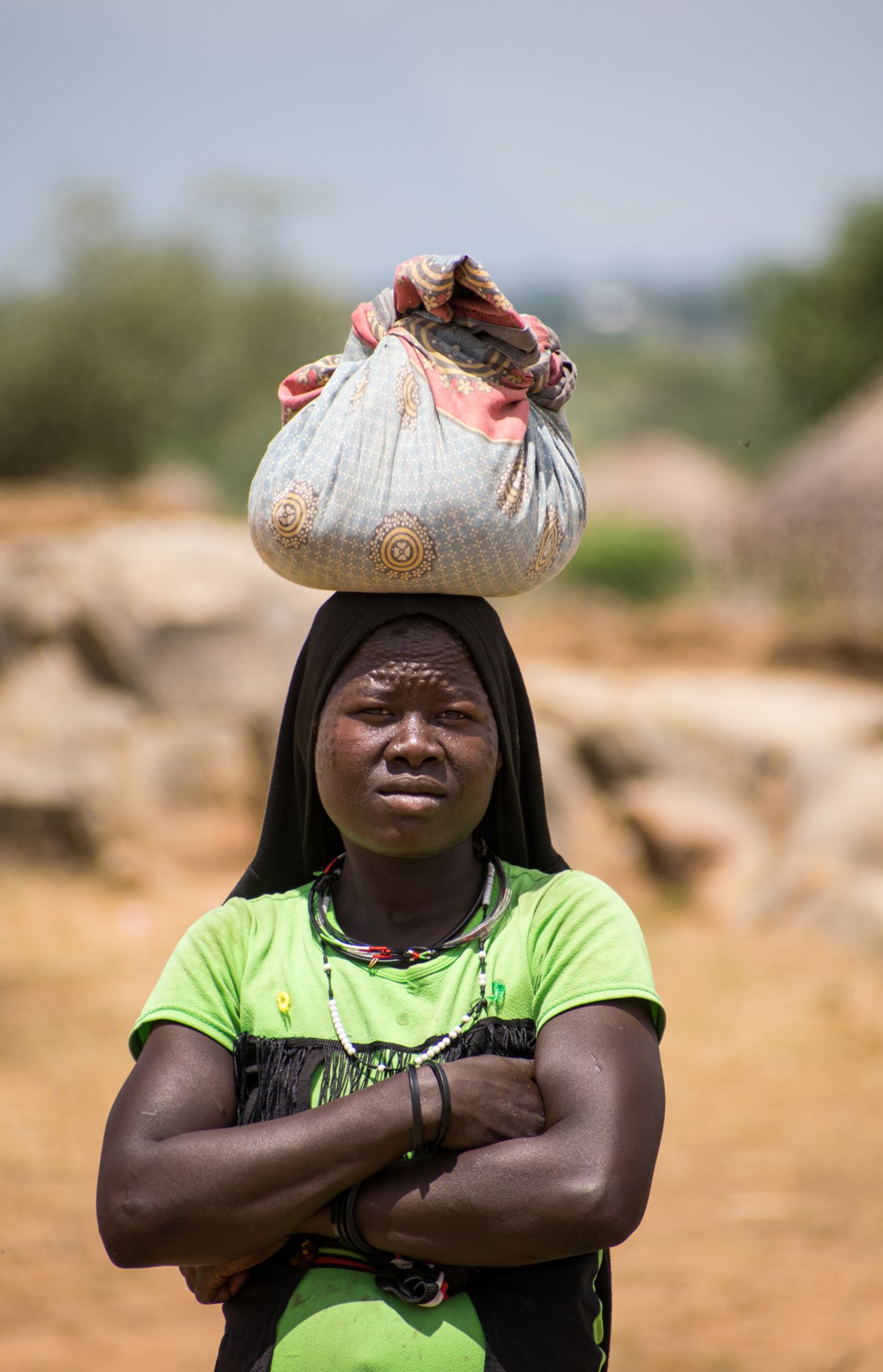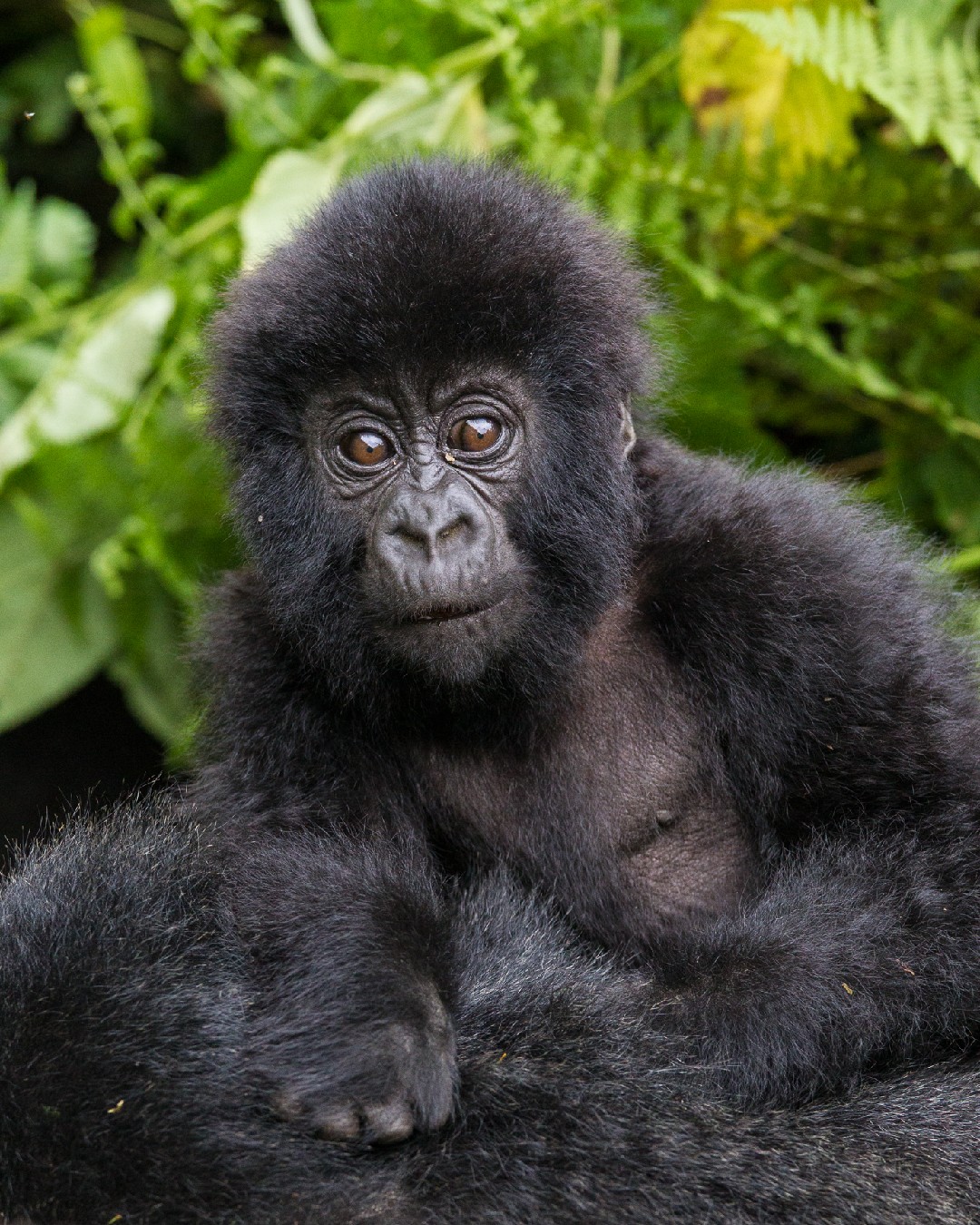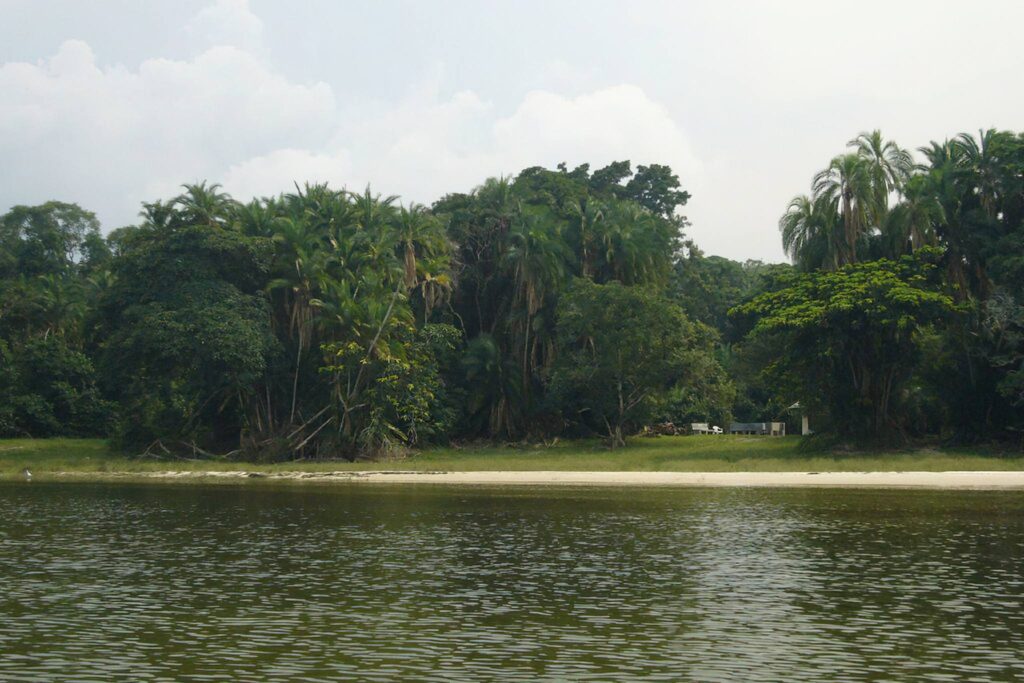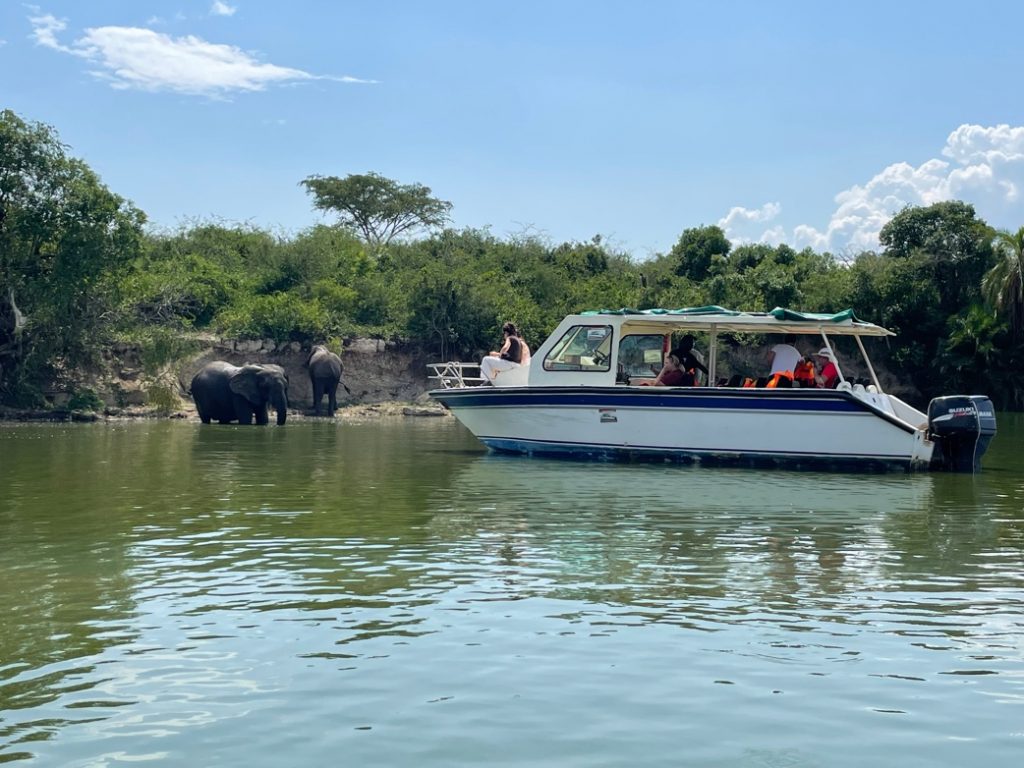East African birding
The eastern sub-region of Africa is a wonderful harbor for flora and fauna, traverse northern Kenya and move around all the areas, enjoy the Albertine rift endemics of Uganda, Congo, and Rwanda, and the endless plains of the Swahili land Tanzania is another great discovery. Both of the countries have resident bird species and European migrants that travel in September - April Birding around the east of Africa brings you closer to some of its endemics such as; Von Der Decken’s Hornbill, Eastern yellow-billed Hornbill, red and yellow Barbets, Red-winged lark, Collared lark, Foxy Lark, Somali ostrich, the African White-winged Dove, Black-faced sandgrouse, Somali Courser, Sombre Night jar, Black-billed Barbet, Short-tailed Lark, d’Arnaud’s Barbet and many others.
Birding in Uganda
Chanced to inhabit both savannah and forest birds, Uganda is a landlocked country bordering Kenya, Rwanda, Congo, and Tanzania. Its a phenomenon avian destination recording over 1090 bird species with thought after 24 Albertine rift endemics such as; Blue-headed Sunbird, Regal Sunbird, Grauer’s Hornbill, Rwenzori Batis, Strange Weaver, Rwenzori Apalis, Red-throated Alethe, Handsome Francolin, Archer’s Robin-chat, yellow-eyed Black Flycatcher, Neuman’s Warbler, Rwenzori Turaco and much more. The country is quite rewarding in most of its regions, east, west, south, and north. Traverse eastern Uganda in areas like Mount Elgon national park, pian up game reserve, Kidepo valley national park for the savannah specials, Murchison Falls the heart of the world powerful waterfalls in the world, has the best of the royal mile in Budongo Forest such as the shinning blue kingfisher, African pygmy kingfisher, Nahan’s Francolin, and many others. Move further to Kibale forest national park for birds like the Green-breasted Pitta, and primates get closer to the Congo margins as you explore Semliki national park the home of secrets known as the birder's haven, its well-known for the Congo serpent Eagle, Spot-breasted Ibis, Hartlaub's Duck, Chestnut flanked Goshawk, Red-thighed Sparrowhawk, Red-rumped Tinkerbird and much more, the country is much better to be fancy due to its green nature, hills and mountains, great apes like the gorillas in Bwindi and Mgahinga national parks which are homes of the Albertine rift endemics. It's ever entering either on land or on water, swamps, marshes, forest, open savannah and woodland, mountains, and dry lands; it's the pearl of Africa.
Birding in Tanzania
It's the Swahili land, the land of endless plains, remarkable for its wildebeest migration, Zanzibar Island, and some famous parks in East Africa like Serengeti and Tarangire. Tanzania records over 1100 bird species of these 200 are regular migrants, 43 species are nearly endemic, 800 species are residents, and 22 are endemic species. Birding in this country is usually hindered and favored by the weather patterns; rainy seasons of March-May might be tricky for most birding lovers, due to fewer eves seen and more open activities during the dry days of months like June-late September. List your bird species such as; pygmy falcon, superb starling, Tawny Eagle, Barn Owl, Hildebrandt’s Francolin, Yellow-necked Spurfowl, Violet-tipped Courser, Red-fronted Parrot, Fischer’s Lovebird, Purple-crested Turaco, White-bellied Go-away bird, Pel’s Fishing Owl, Narina and Bar-tailed Trogons, Abyssinian Scimitarbill, Great-spotted Cuckoo and many others. Visit areas like Serengeti, Kilimanjaro, Arusha, Tarangire, Manyara, and Ngorongoro conservation areas for an extensive birding experience.
What to carry while birding
Like any other bird lover, for proper documentation and critical observation, their instruments are required. Binoculars, potable speaker, pointer, nature blending clothings, good shoes, backpack for keeping equipment safe, enough sd cards, water bottle, smartphones, birding Apps like e-bird.

